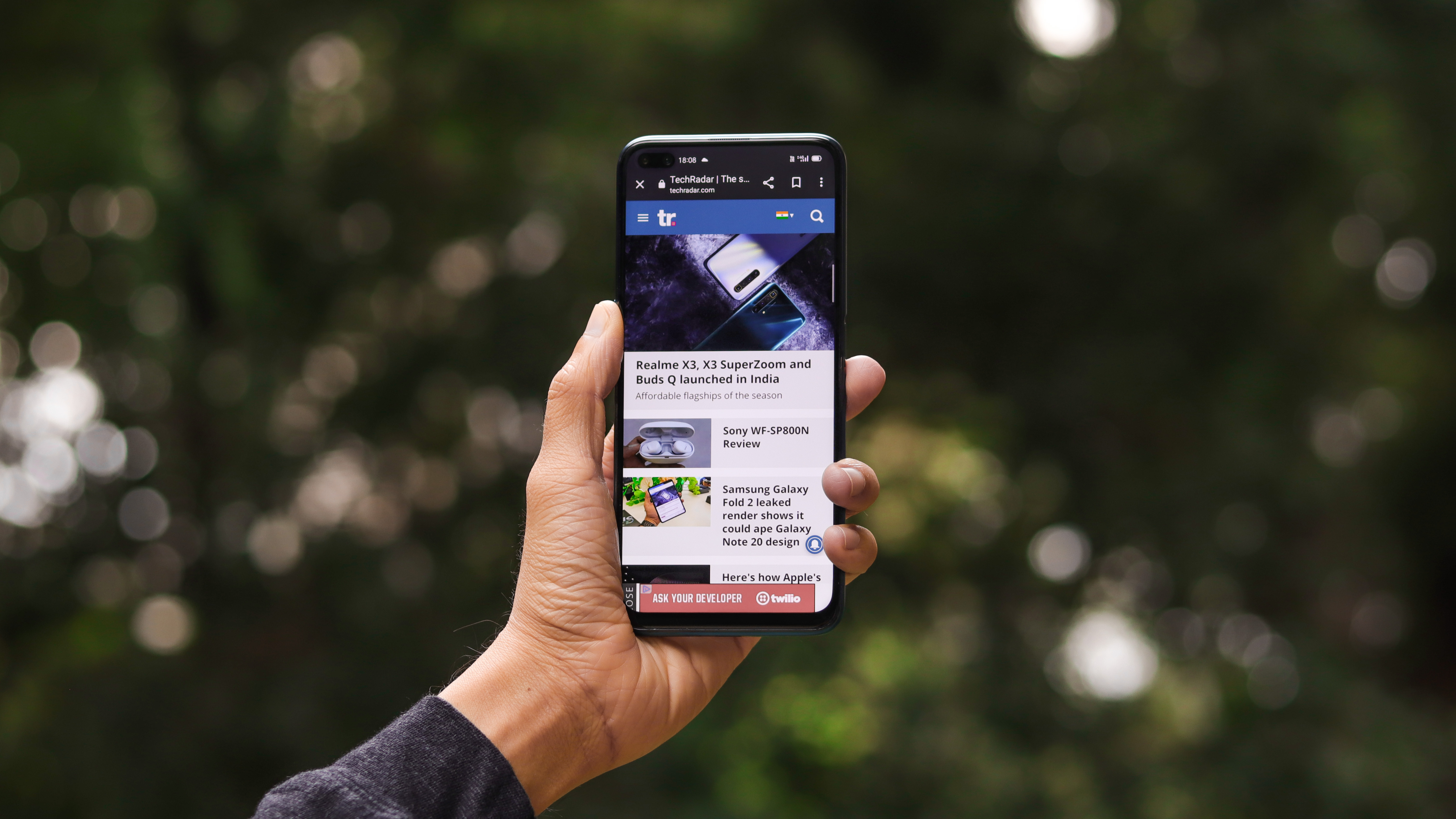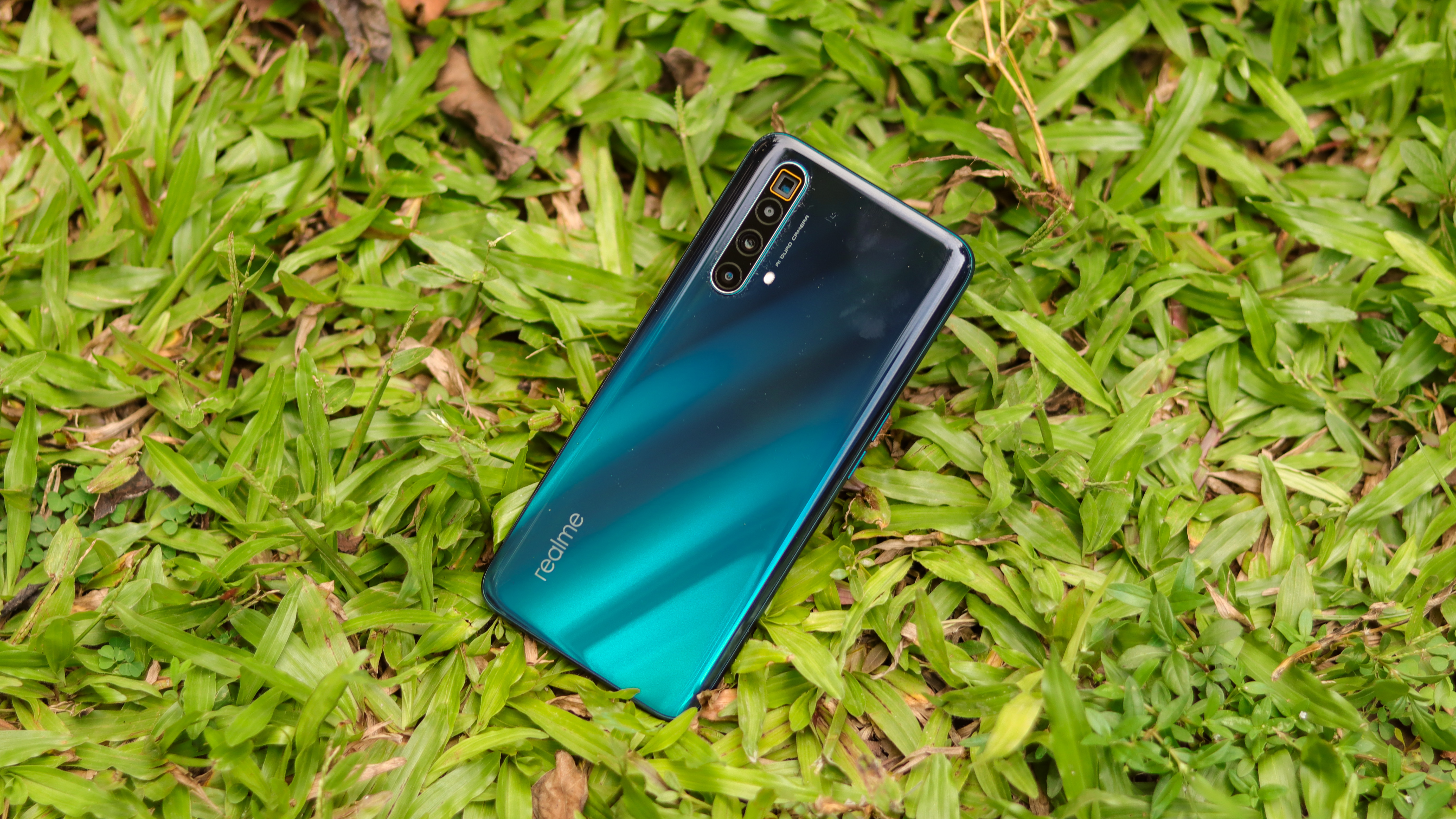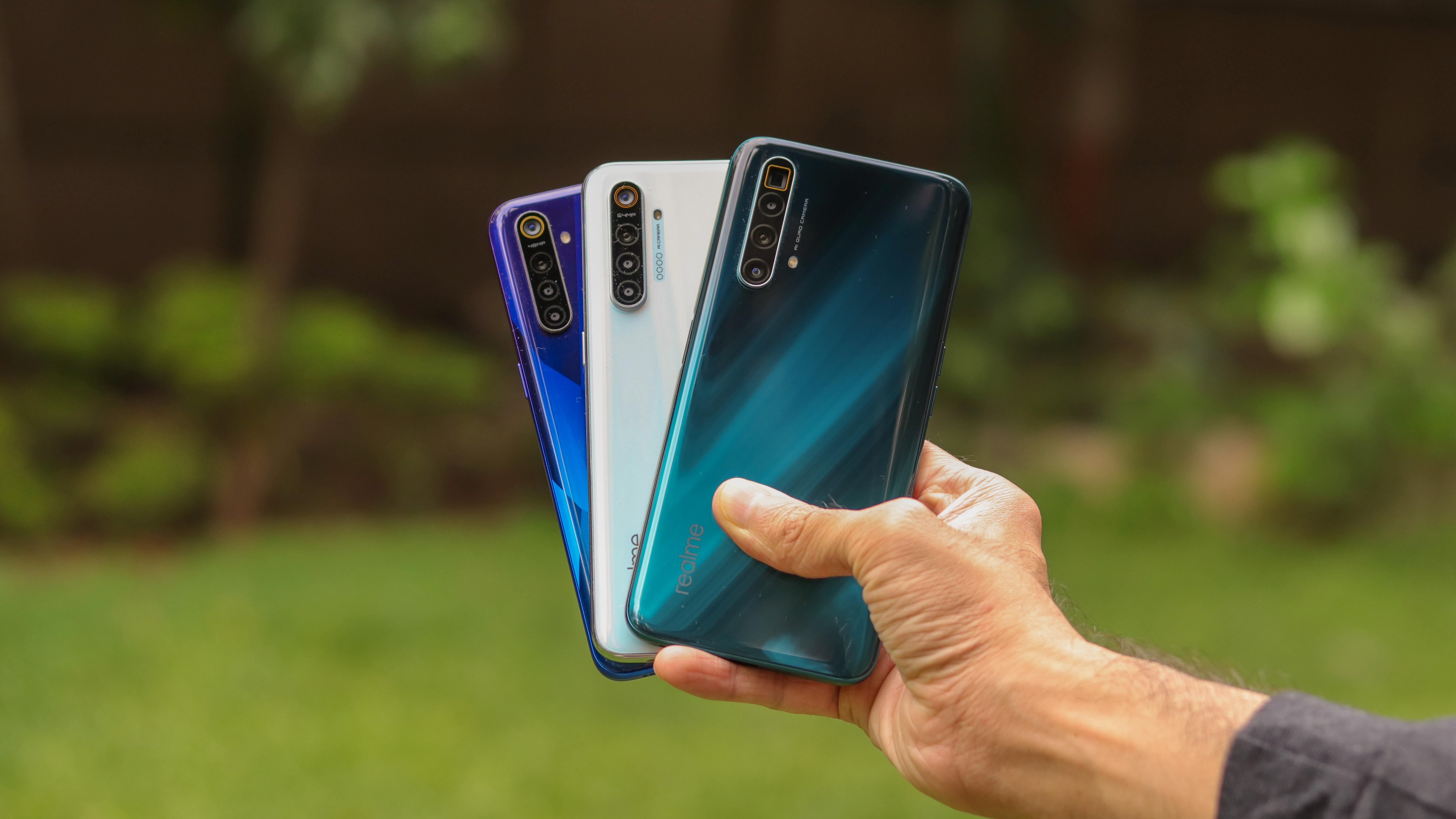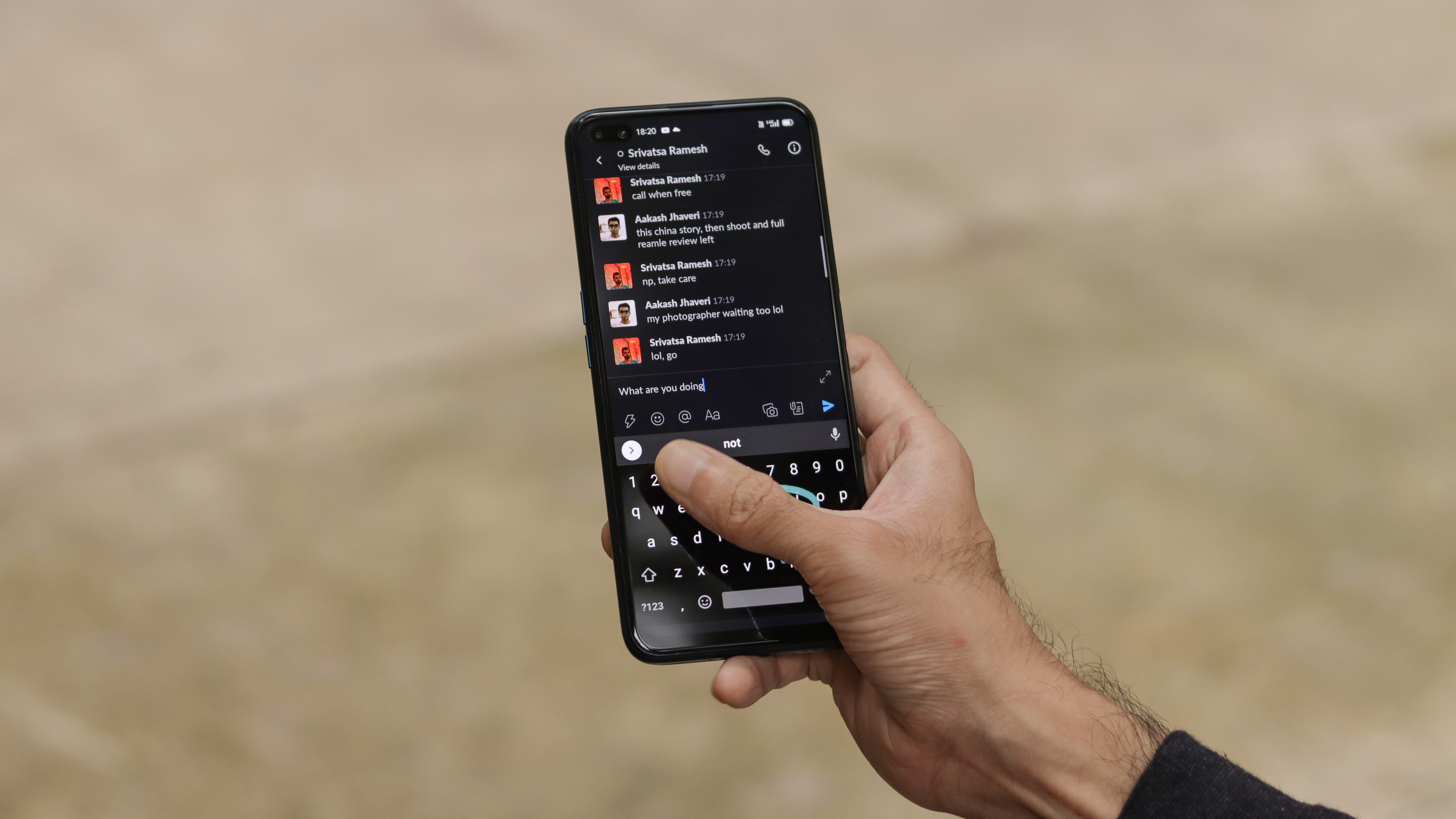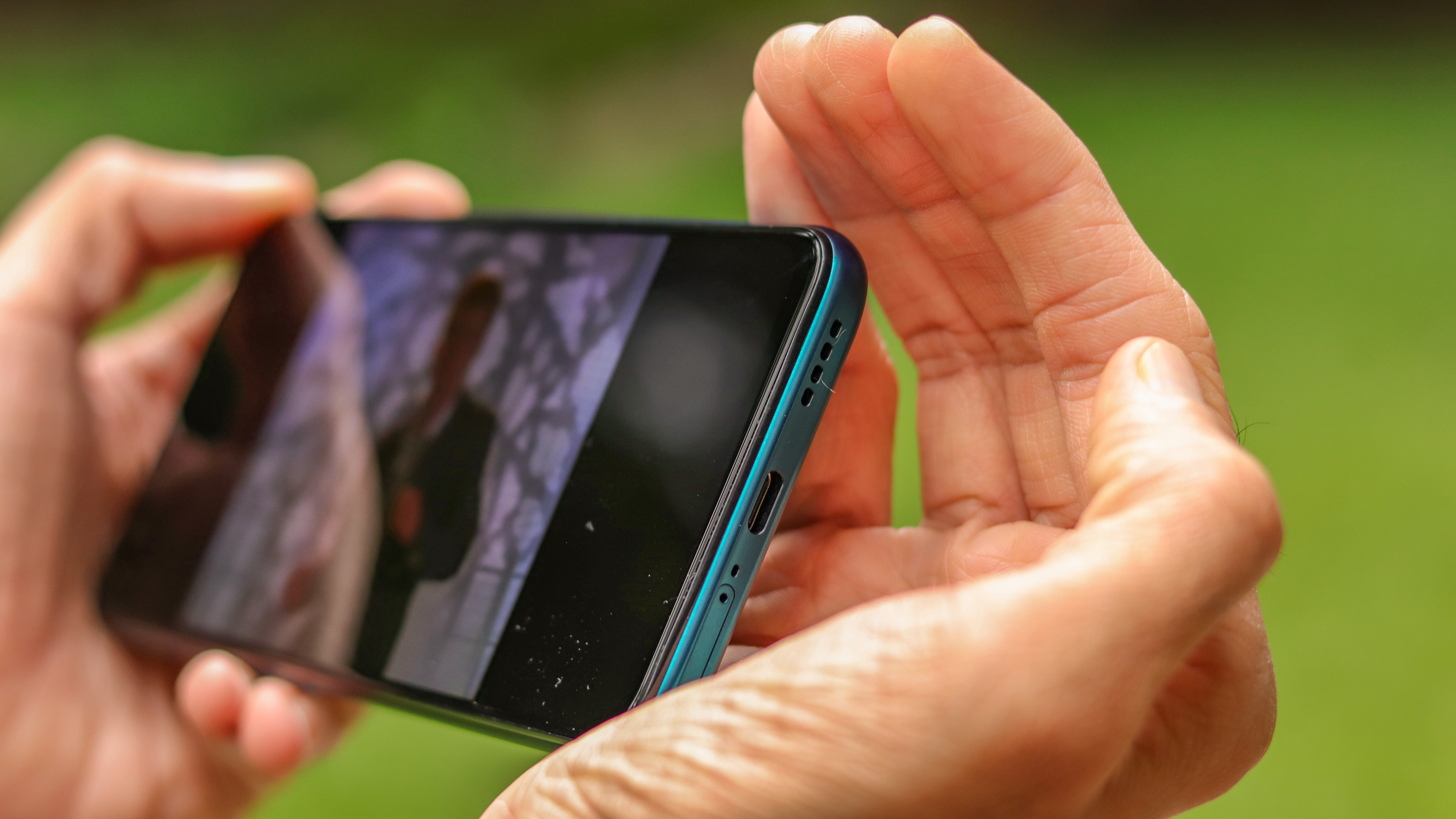TechRadar Verdict
The Realme X3 SuperZoom will please spec junkies and experience aficionados alike, with what is one of the most well-rounded budget flagships of the season. The cameras seem a little overpromised but are still one of the best.
Pros
- +
Performance
- +
Versatile cameras
- +
120Hz display
- +
Battery life
- +
Fast charging
Cons
- -
Underwhelming built
- -
Inconsistent camera
- -
Dated design
- -
LCD panel
Why you can trust TechRadar
The Realme X3 SuperZoom is the kind of phone that seems to address unanswered demands of the masses — an affordable flagship that cuts just the right corners. The otherwise rising smartphone prices do it a big favour too. More than anything, it is a quintessential case study of how to use last-gen components to deliver a stellar experience; an attribute that most Android manufacturers casually ignore in their quest to chase the latest specifications.
Thus far, 2020 has been a particularly expensive year for Android flagships. A major contributor is the inflated bill of materials, thanks to the Snapdragon 865. For the uninitiated, the latest chipset from Qualcomm has to compulsorily be paired with an X55 5G modem. Not only is it said to be more expensive, but is also almost redundant for the foreseeable future (especially in India).
With the X3 series, Realme takes on both, the few affordable flagships from this year, and ageing flagships from the last year which have now been relegated to lower price points. It holds its own for the most part and emerges as a strong contender for the sub Rs 30,000 segment. However, its inexperience in a few aspects becomes evident with use.
It too follows Realme’s new naming scheme and is technically the successor to the Realme X2 Pro from 2019 and not the X2. Also, the vanilla Realme X3 and the Realme X3 SuperZoom have only two real differences between them: a periscopic telephoto lens and a higher resolution selfie camera on the latter, against a regular telephoto lens and a lower resolution shooter on the former. Thus, most of our observations in this review should hold true for both devices.
Price and availability
- Starting at Rs 27,999
- First sale on June 30, 2020
- Flipkart exclusive
| Configuration | Price in India |
|---|---|
| 8GB + 128GB | Rs 27,999 |
| 12GB + 256GB | Rs 32,999 |
The Realme X3 series launched in India on June 25, consisting of the vanilla and the SuperZoom models. The Realme X3 SuperZoom is priced at Rs 27,999 for the 8GB + 128GB variant and Rs 32,999 for the 12GB + 256GB variant. The Realme X3 starts at Rs 24,999 for the 6GB + 128GB variant, and climbs to Rs 25,999 for 8GB + 128GB.
Flipkart is the eCommerce partner, and the devices will be available starting June 30. Delivery timelines are anyone’s guess right now.
Check out the Realme X3 SuperZoom on Flipkart
Sign up for breaking news, reviews, opinion, top tech deals, and more.
Design
- Glass back
- Weight: 202g
- Colours: Acrtic White and Glacier Blue
Product designs get a little more important for devices in the premium segment. In my opinion, Realme smartphones are long due for a design overhaul. Almost all its devices across all price points follow the same design language and are getting hard to differentiate. At least for the flagship models, we’d want some personality on the phones. This is not particularly a bad thing, but just something that we thought deserved a mention after having used close to half a dozen Realme devices over the course of the year.
Looking at things objectively, we get a familiar glass sandwich design with a glossy curved back and an expansive display on the front. It is one of the more compact devices with a display this big and the weight seems well distributed. Having said that, it doesn’t feel too premium. The back feels a bit hollow and neither is the frame too reassuring. In fact, Realme’s own budget smartphones from the past have a much better feel in hand.
There’s a sizeable camera bump on the back which makes the phone rock when placed on a table. Using it gets difficult and typing almost becomes a balancing act. But, considering the camera hardware packed into the body, we think it’s an acceptable trade-off. Using the included silicone case does take care of that issue too.
The blue variant that we tested has a glossy glass back panel that has a bit of light to dark gradient across. It looks nice and almost turns to emerald in certain lighting conditions.
The primary speaker is located on the bottom, with the fingerprint scanner-cum-power button on the right, and the volume buttons on the left. The buttons are placed almost at the centre of the frame and are easy to reach without hand gymnastics. Tactile feedback is average. The haptics and vibrations are even worse.
The Realme X3 SuperZoom’s design is pretty conservative and understated. It won’t blow you away or give you an impression of its price immediately — making the cost-cutting evident. We fathom that the Arctic White variant with the matte finish will fare better than our Glacier Blue unit.
Display
- 6.6-inch LCD panel
- 120Hz refresh rate
- Gorilla Glass 5
Here’s where things start getting interesting. Realme’s new affordable flagship makes the leap to a lucrative 120Hz refresh rate. We believe that all high-end smartphones in 2020 should offer that, and we’re glad to report that the X3 SuperZoom does. And it’s not like some of the budget smartphones which struggle to run at over 60fps, as the internals and software have been well-tuned to almost always run at a smooth 120fps.
However, that comes at a cost: moving back to an LCD panel. It is technologically and economically difficult to marry high refresh rates and OLED panels, and even more so to do it accurately or maintaining the brightness levels. For most users, I think the trade-off is worth it, as a 120Hz display has a significantly larger impact on the user experience than the panel’s construction. It automatically scales back to 60Hz when not needed.
It’s also one of the best LCD displays we’ve come across recently with vivid yet accurate colours, ample contrast and just the right sharpness. It's only when viewing content that is predominantly black that you start missing an OLED display.
Toggling OSIE (Object and Semantic Images and Eye-tracking) is said to increase the dynamic range and colour fidelity of the content, but the differences were usually too insignificant. We do get thicker bezels on all sides, which is an unfortunate limitation of LCD panels, but they’re still reasonably slim at just over 90% screen-to-body ratio.
The key contributor to that is the new punch-hole notch that houses two selfie cameras. Combined with a tall 20:9 aspect ratio, it is a pretty immersive display. Although, that quickly fades away once you step outside, as the display’s max brightness is a paltry 480 nits. Sunlight legibility was occasionally an issue.
Another unusual trait of the Realme X3 SuperZoom’s display was unresponsiveness. Cases which require a lot of tapping and swiping, such as Instagram, Snapchat or even games like PUBG, would often fail to register some of the touch inputs or lead to a double touch after a bit of latency. For instance, while viewing Instagram Stories, a tap on the left to back wouldn’t register, but a second tap in succession would be considered as two. We’re not sure if this is due to a lower touch input rate, lower display sensitivity or incorrect palm rejection. A delay in responding is very non-flagship-like.
Hopefully, that is something that gets fixed via a future update. Overall, we were pretty impressed with the display on the X3. All the specs do add up nicely to provide an enjoyable experience.
Audio
- Single speaker on the bottom
- No headphone jack
- Dolby Atmos
As mentioned earlier, the Realme X3 SuperZoom has a single mono downward-firing loudspeaker. It is expectedly easy to muffle or cover. The volume output is also just average, and you’ll often have to cup your hand to direct the sound towards you if the surroundings are noisy. It’s a 1216 super linear speaker (12mm x 16mm) with support for Dolby Atmos and Hi-Res audio. The sound quality was great with very little distortion.
There’s no headphone jack around, but audio playback via USB Type-C is possible and enjoyable. Playback over Bluetooth was admirable.
Performance
- Snapdragon 855 Plus
- UFS 3.0 storage
- LPDDR4X RAM
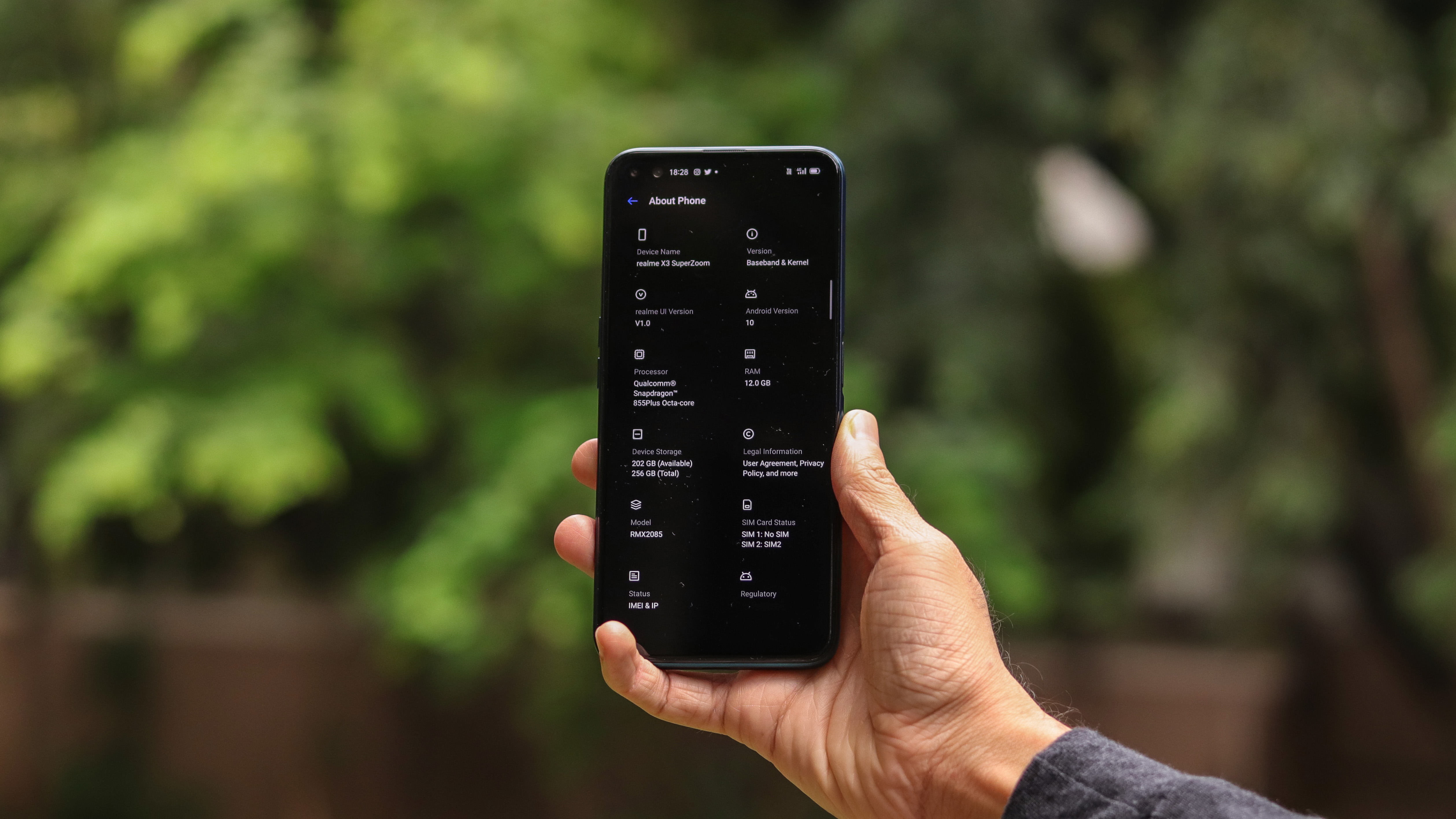
Unlike most 2020 flagships, the Realme X3 SuperZoom opts for the Snapdragon 855 Plus from late last year. This decision is an understandable choice for affordable flagships which may not want to absorb the price of the 5G components that need to be incorporated with the Snapdragon 865. We’re surprised more manufacturers haven’t resorted to this approach. It also gives them a jumpstart for optimizing and tuning the other components.
For a refresher, the Snapdragon 855 Plus is a 7nm octa-core chipset with a peak frequency of 2.96Ghz. It is paired with the Adreno 640 GPU, UFS 3.0 storage and LPDDR4X RAM.
For most users, the processor “downgrade” might not be evident at all as it is one of the most powerful chipsets around, and isn’t too far from the latest one in terms of processing power. Day to day usage, multitasking or content consumption and creation will pose no issues.
Network connectivity and WiFi reception were excellent too.
Gaming
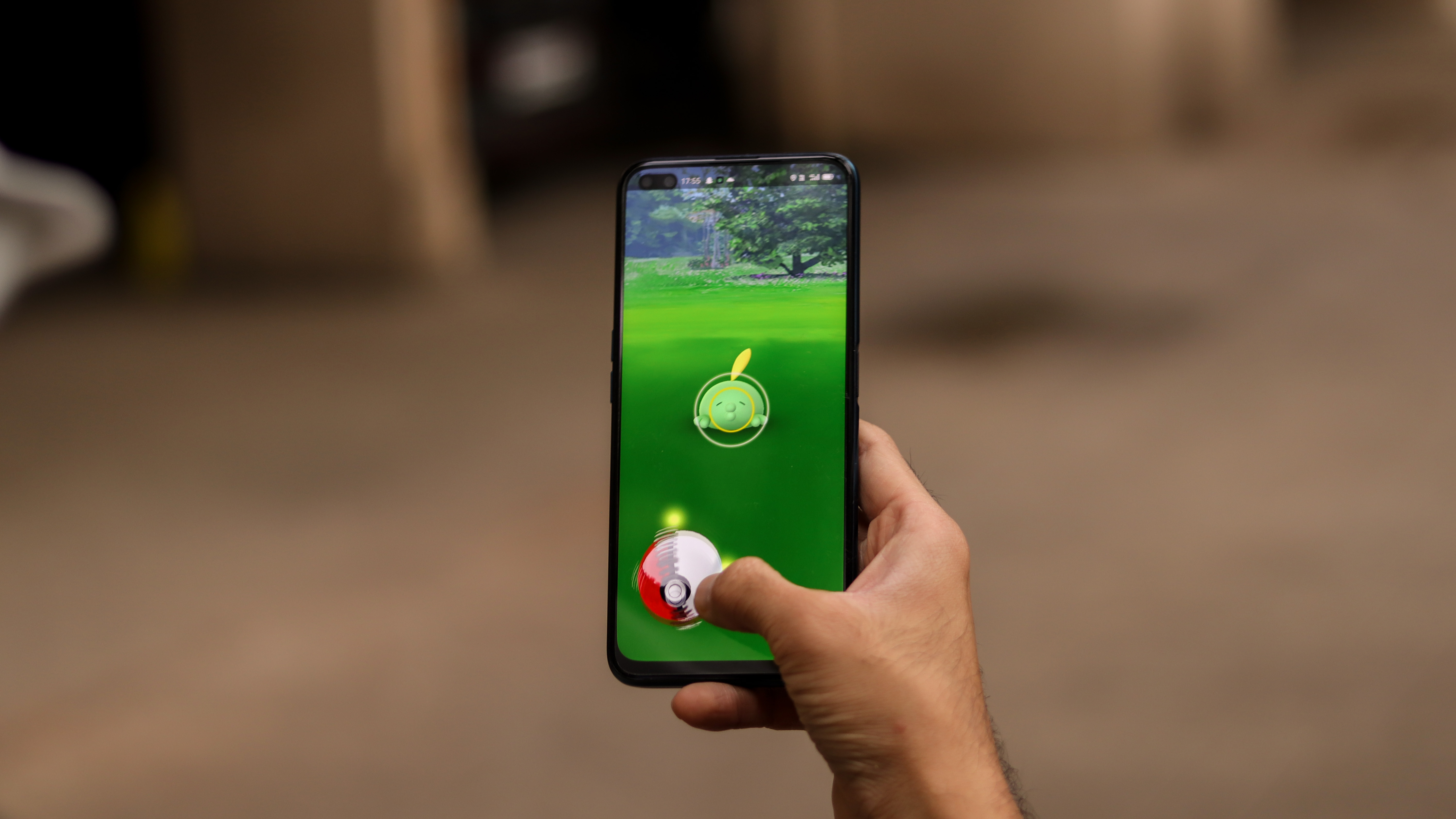
When compared to the Snapdragon 865, you’ll notice lower framerate stability in the most demanding titles.
One of the few places where the differences between a mid-range and a high-end chipset are evident is during heavy gaming. Over here too, the Realme X3 SuperZoom is capable of running at almost full capacity on most games. PUBG Mobile can be played at over 55fps on the lowest settings, and switching to HDR graphics didn’t make much difference. There was some warmth around the top half of the phone, but nothing alarming or uncomfortable.
Realme also offers a Game Space to manage all titles from one place, set preferences for performance and network and even check current stats. It can also be triggered from within a game by a swipe from one of the top corners for quick access to current phone status and thermals, framerate, CPU and GPU usage etc. It’s pretty comprehensive and something that spec junkies will drool over.
Software
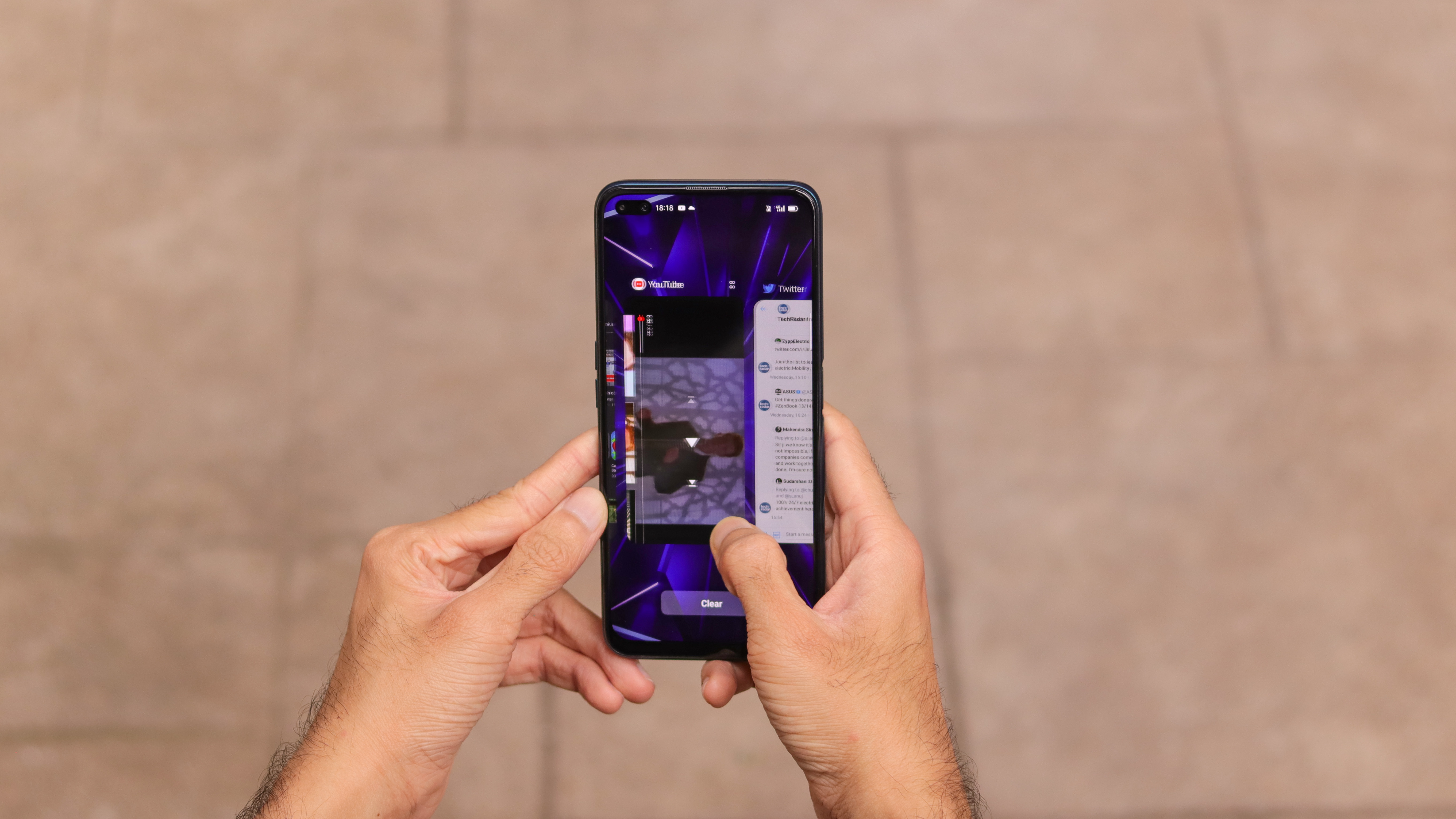
- Realme UI over Color OS 7
- Loads of customizations
Our unit was running on the RMX2081_11_A_29 build, which had to be manually installed. On retail units, this update should be available via OTA.
The Realme X3 SuperZoom runs on Realme UI 1.0 over Color OS 7.0 atop Android 10. Color OS has improved massively with this new version, making it one of the most feature-rich Android skins around.
It is no longer a convoluted mess that looks childish, and has been toned down to be enjoyable. It has a lot of scope for functionality and customization. A system-wide dark mode is available, and so is the app drawer. Along with split-screen, floating windows can also be used for messaging apps. One of my favourite features was the ability to not only take screenshots with a three-finger swipe down, but also change the dimensions of the capture with a long press.
Smaller elements such as the icon style and shape can also be tweaked. The animations and transitions also seem to be well-tuned for the higher refresh rate. The notification shade can also be summoned via a swipe down on the home screen, making one-handed use easier. There really aren’t any major omissions here. If I were to be wishful, fingerprint scanner gestures to bring down the notification shade should be added.
Overall, Realme UI is a very well-balanced software skin. You can take it closer to stock or fill it to the brim with options as per your preferences. The only pet-peeve that persists is the close to two dozen pre-loaded apps. The iconography could also do with a facelift.
Biometrics
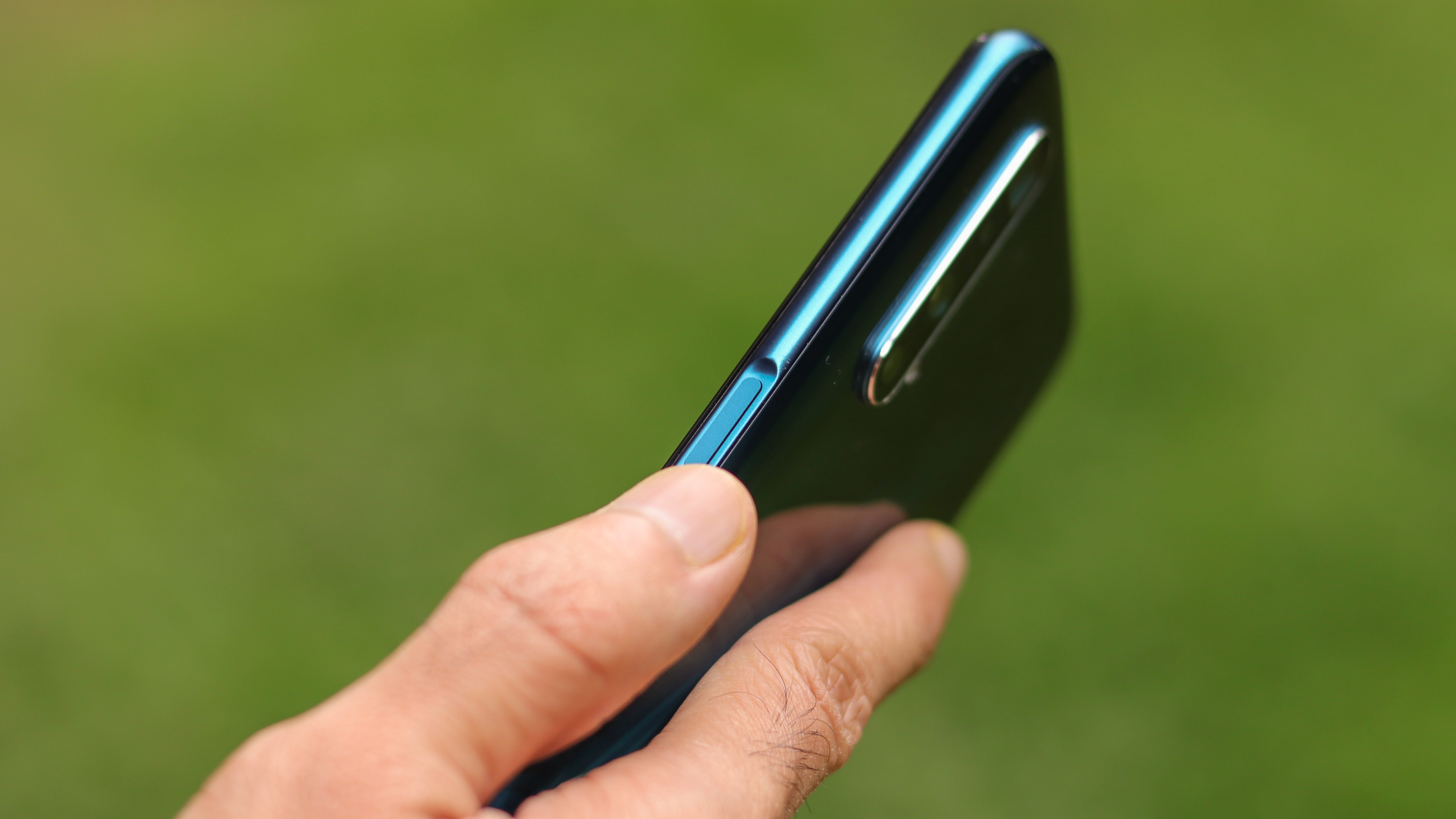
- Side-mounted fingerprint scanner
- Face unlock
Owing to the LCD panel, the Realme X3 SuperZoom moves to a side-mounted fingerprint scanner that is embedded in the power button. Its position is easy to get used to and unlocking was fast. It is an active scanner, so just touching the scanner for a bit was usually enough.
There’s 2D face unlock too, which works well. It’s fast enough to bypass the lockscreen, in case you just wanted to glance at the notifications.
Battery life
- 4,200mAh battery
- 30W fast charging
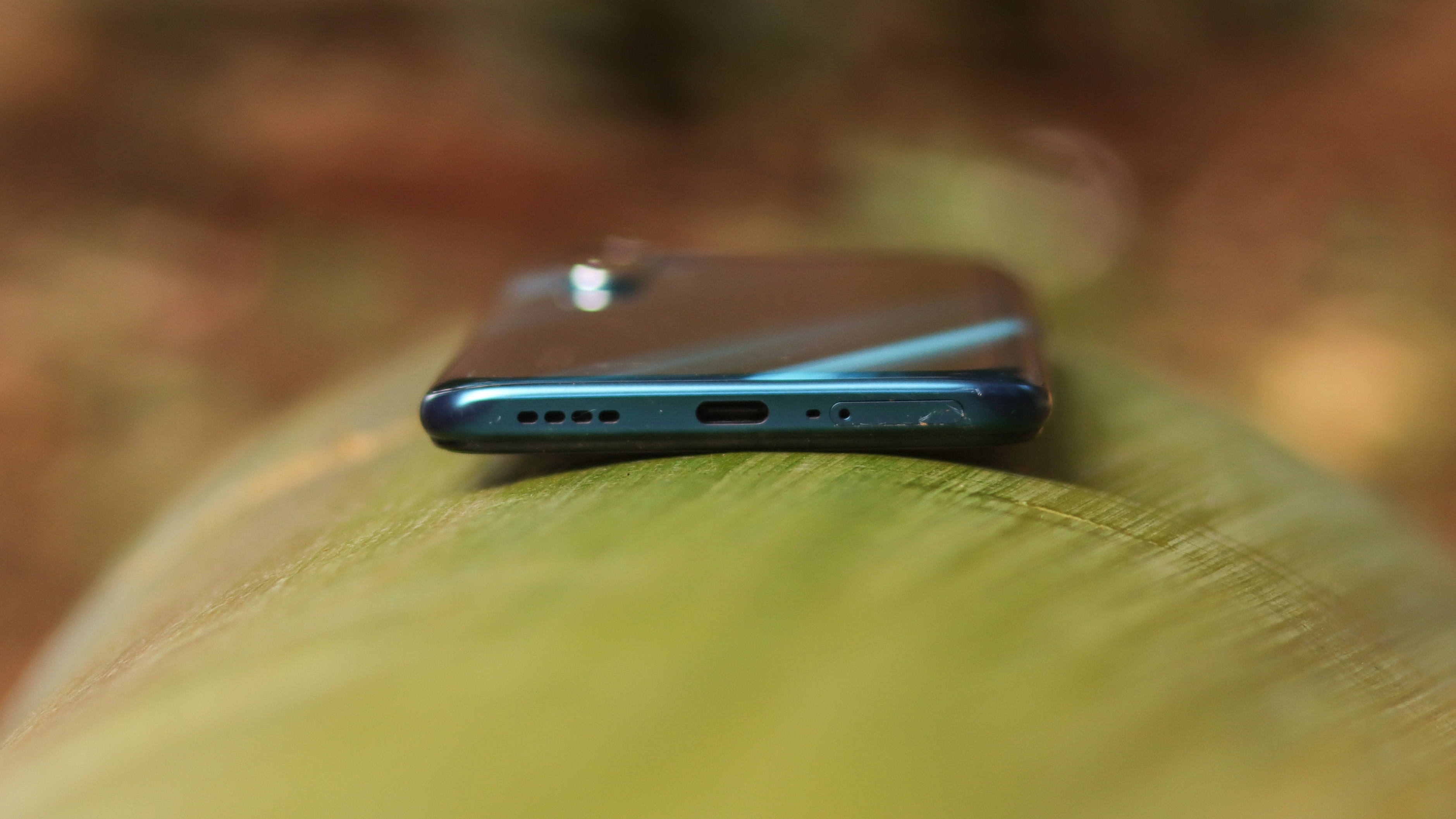
A 4,200mAh battery powers the Realme X3 SuperZoom. Combined with Color OS optimizations and the well-designed chipset, we get one of the best battery lives of any phone in this segment or with these specifications. With heavy use including an hour of gaming, WiFi or data on all day, loads of push notifications and calls, we were able to achieve a screen-on-time of about 6 hours at 120Hz. Going down to 60Hz along with lighter usage should easily take you to the next day.
As for charging, we get Realme’s tried and tested 30W Dart charging. The included charger takes the phone from 0 to full in about an hour. Charging doesn’t really slow down even while gaming, which is a rare feat. No complaints in this department either.
Camera
- Quad-cameras on the back
- Dual selfie cameras
- Cheapest phone with a periscopic lens
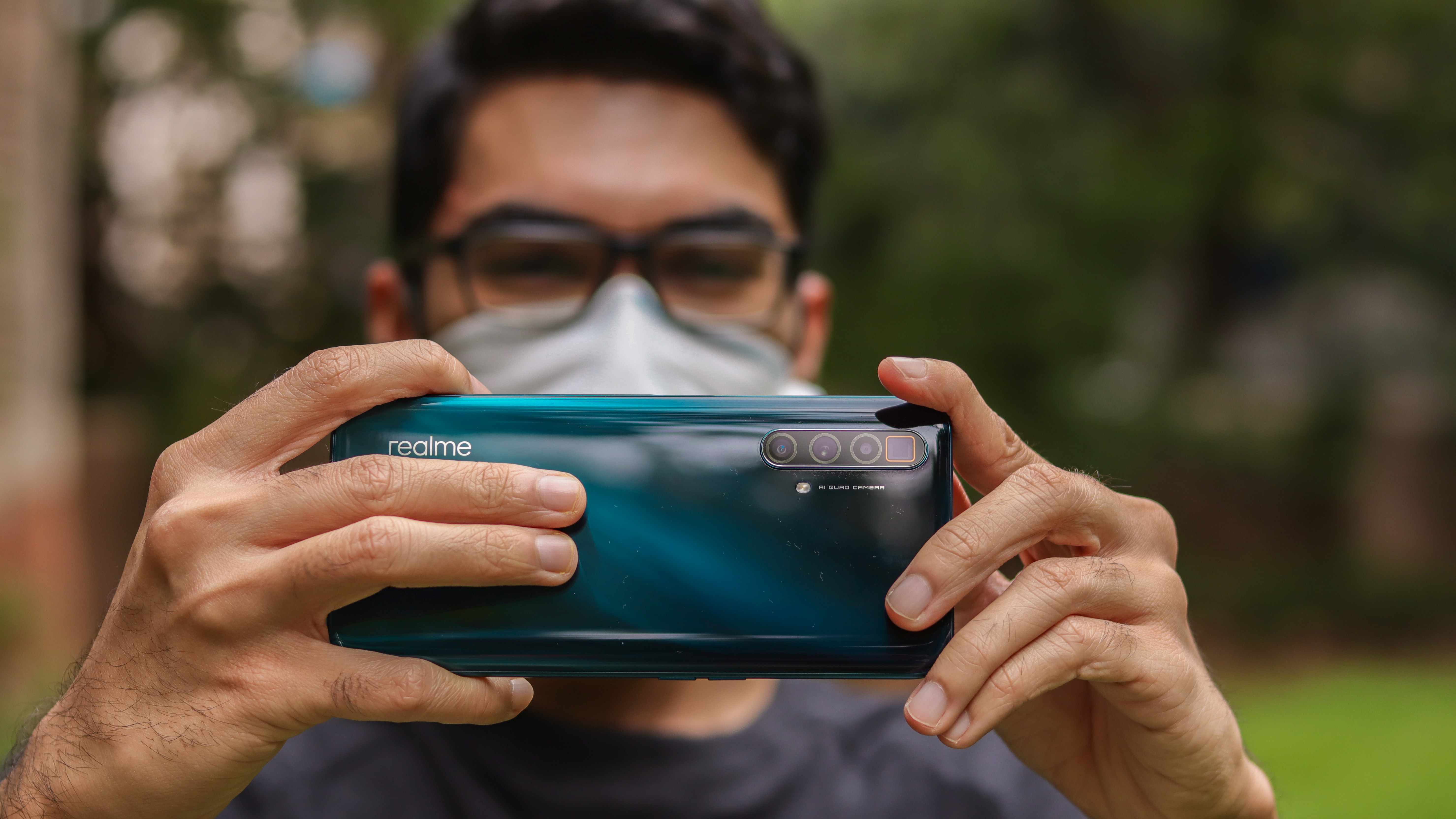
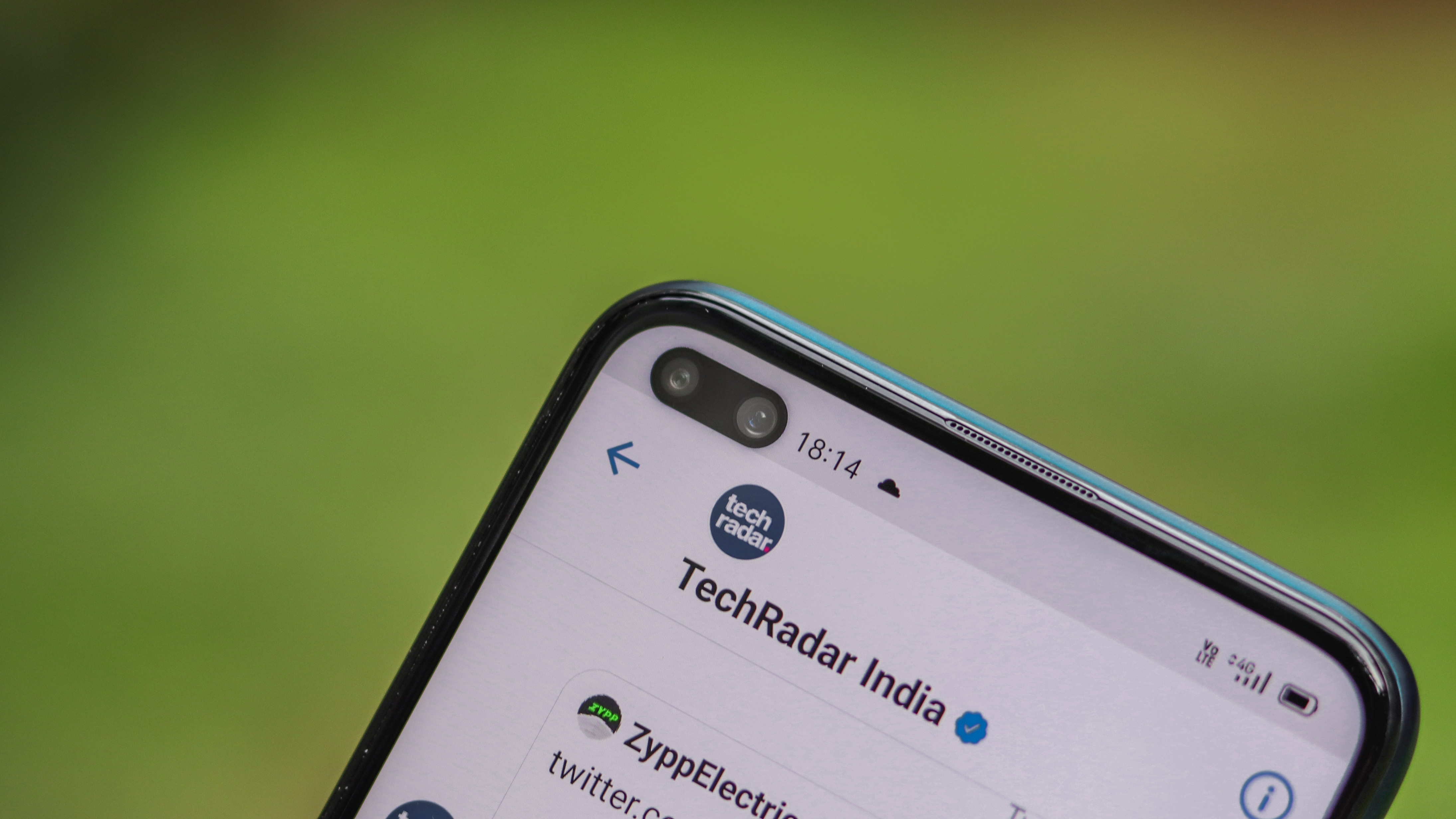

The only difference between the Realme X3 and X3 SuperZoom comes in the camera department. The vanilla X3 loses the periscopic camera for a 12MP 2x telephoto lens. Secondly, the primary selfie shooter opts for a 16MP sensor instead of a 32MP one.
Realme made tall claims about its first camera-centric flagship. It not only brings a barrage of cameras for every purpose, but also democratizes super-telephoto photography — a rarity even on ultra-premium smartphones. Moreover, it is matched with an insane number of shooting modes that will appeal to nerds and newbies alike.
Of course, the star of the show is the new periscopic, which makes an appearance on a Realme smartphone for the first time. It is an engineering feat, as the light is made to pass through a prism and reflected by 90-degrees within the body before hitting the sensor. This allows for more glass to be added in the equation, allowing for higher magnification.

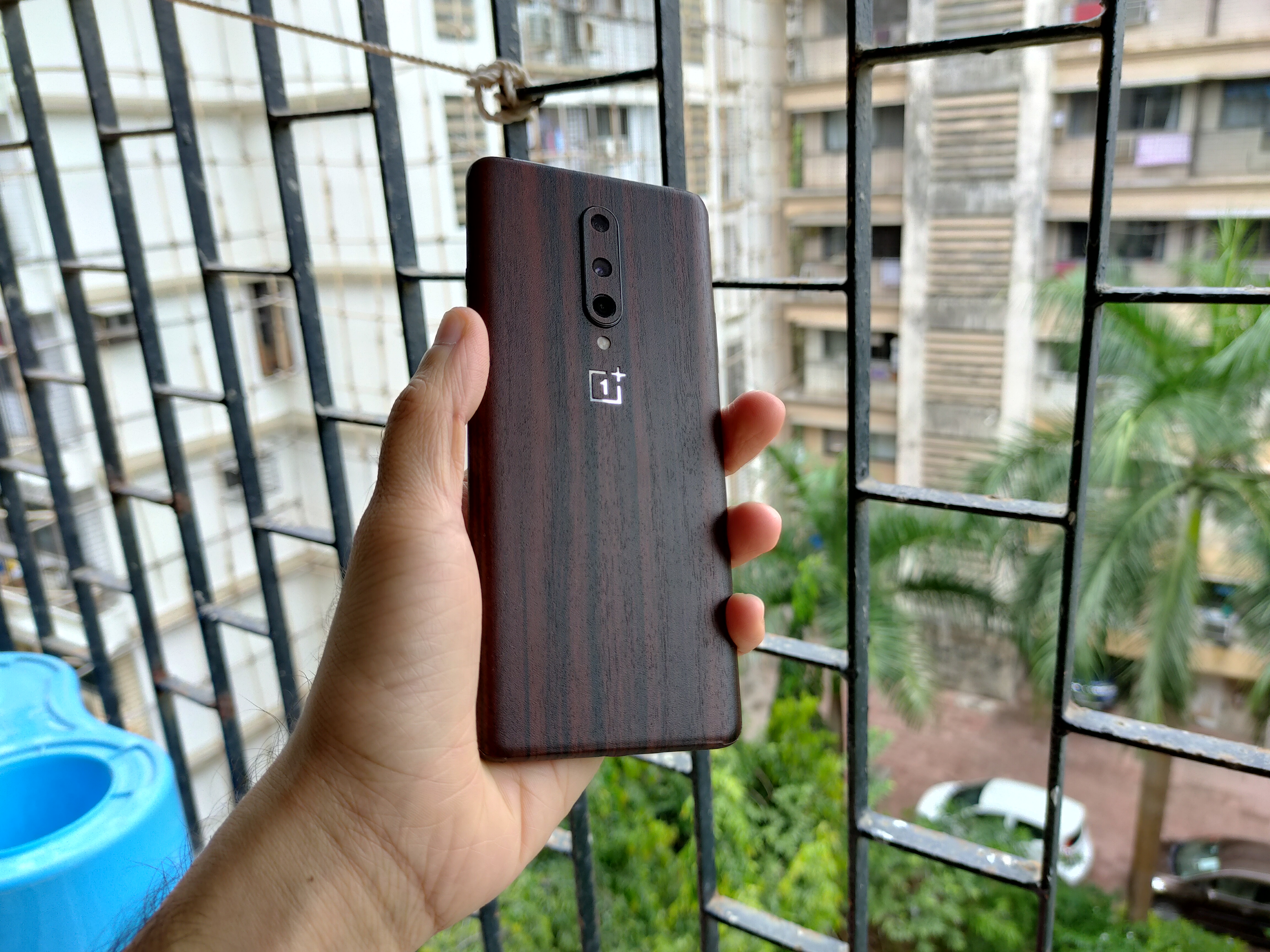

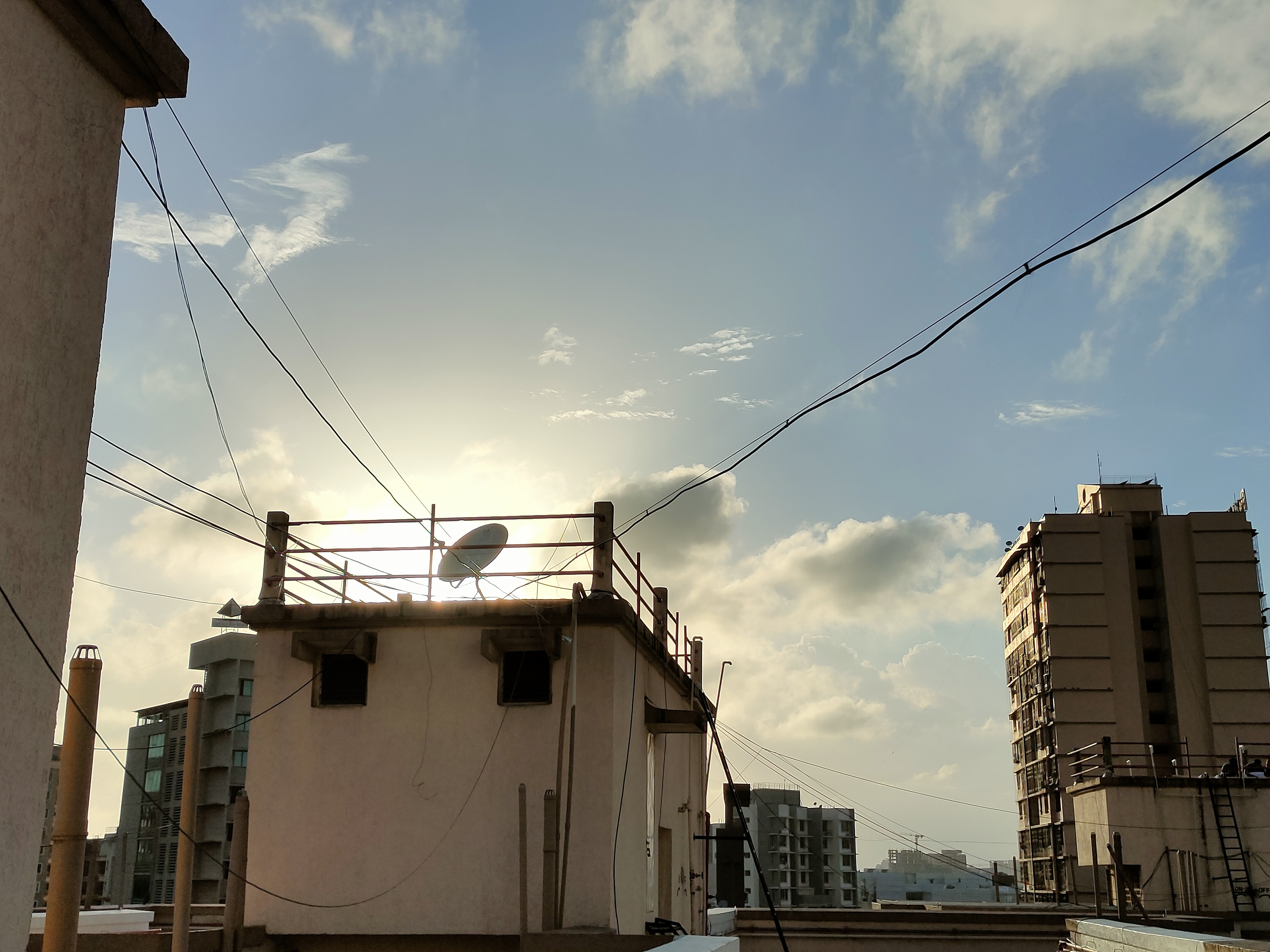

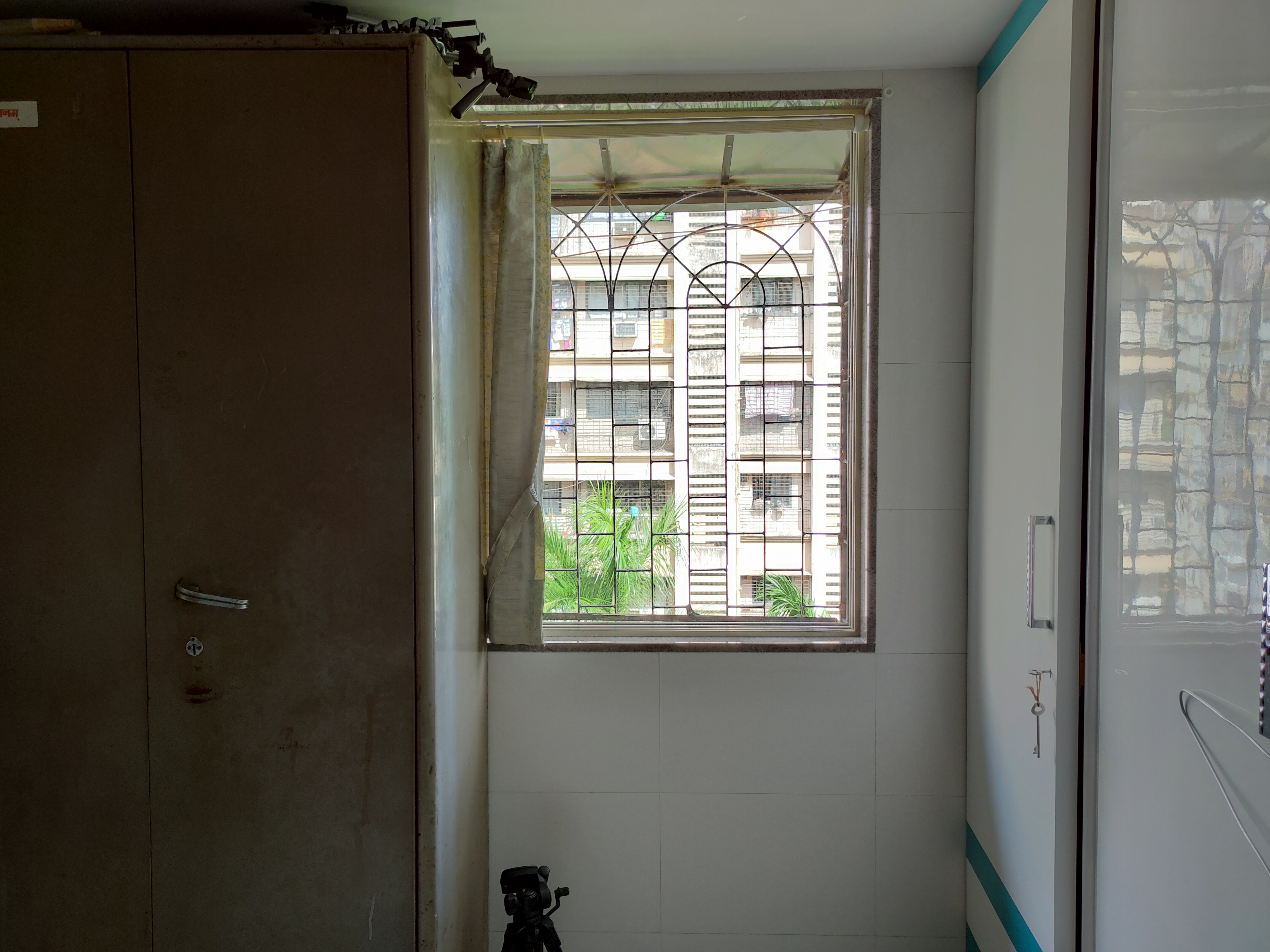



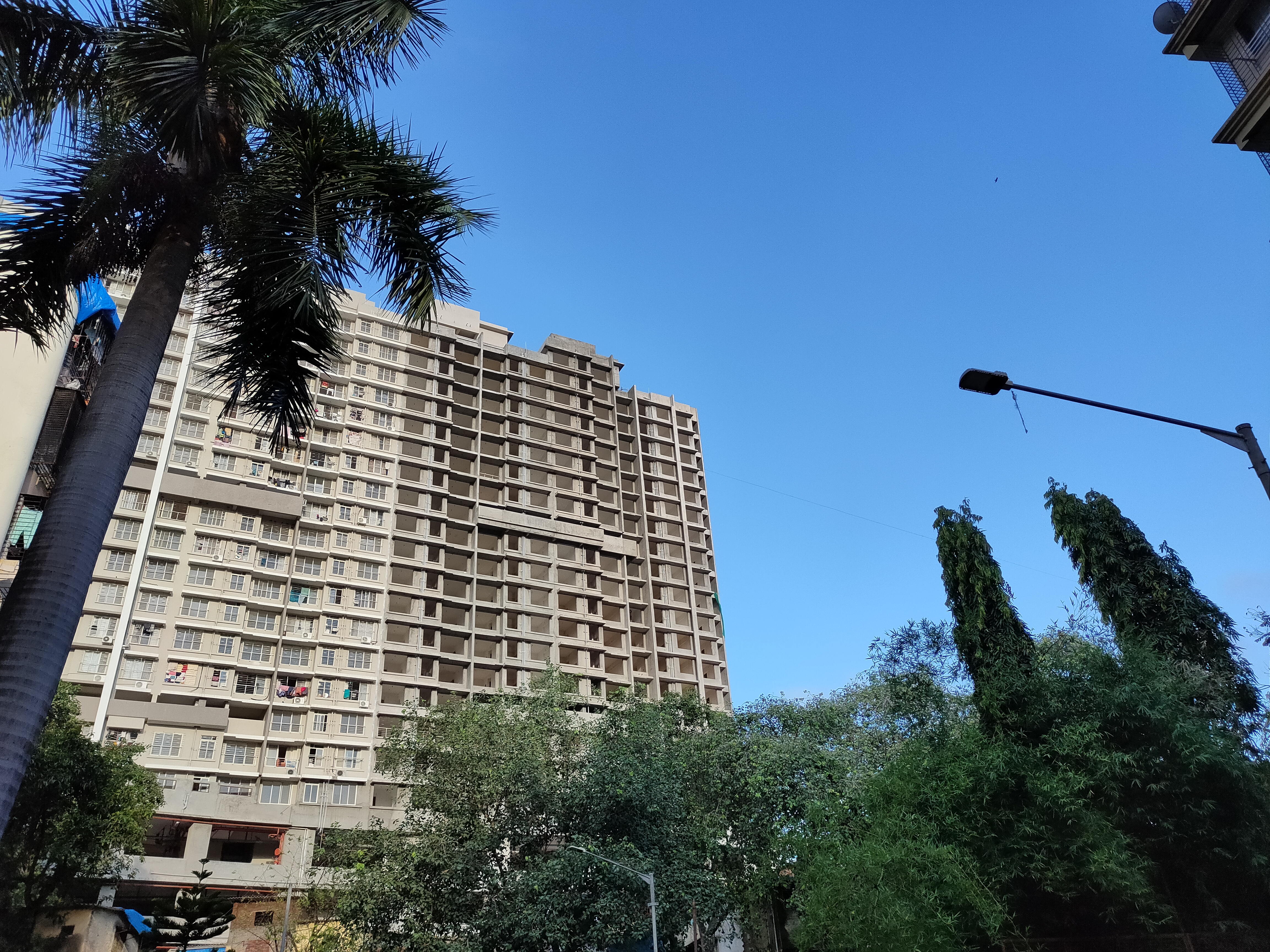

The primary shooter is a 64MP f/1.7 Samsung GW1 image sensor. It employs pixel-binning by default to achieve a larger resultant pixel size at the expense of resolution. It has been used on almost every Realme smartphone launched over the last 12 months. Oddly enough, even with so much experience under its belt, its performance was very inconsistent with a ton of focussing and sharpness issues in anything but the best lighting. Otherwise, it is a solid performer with decent dynamic range, vivid colours and just a bit of oversharpening.
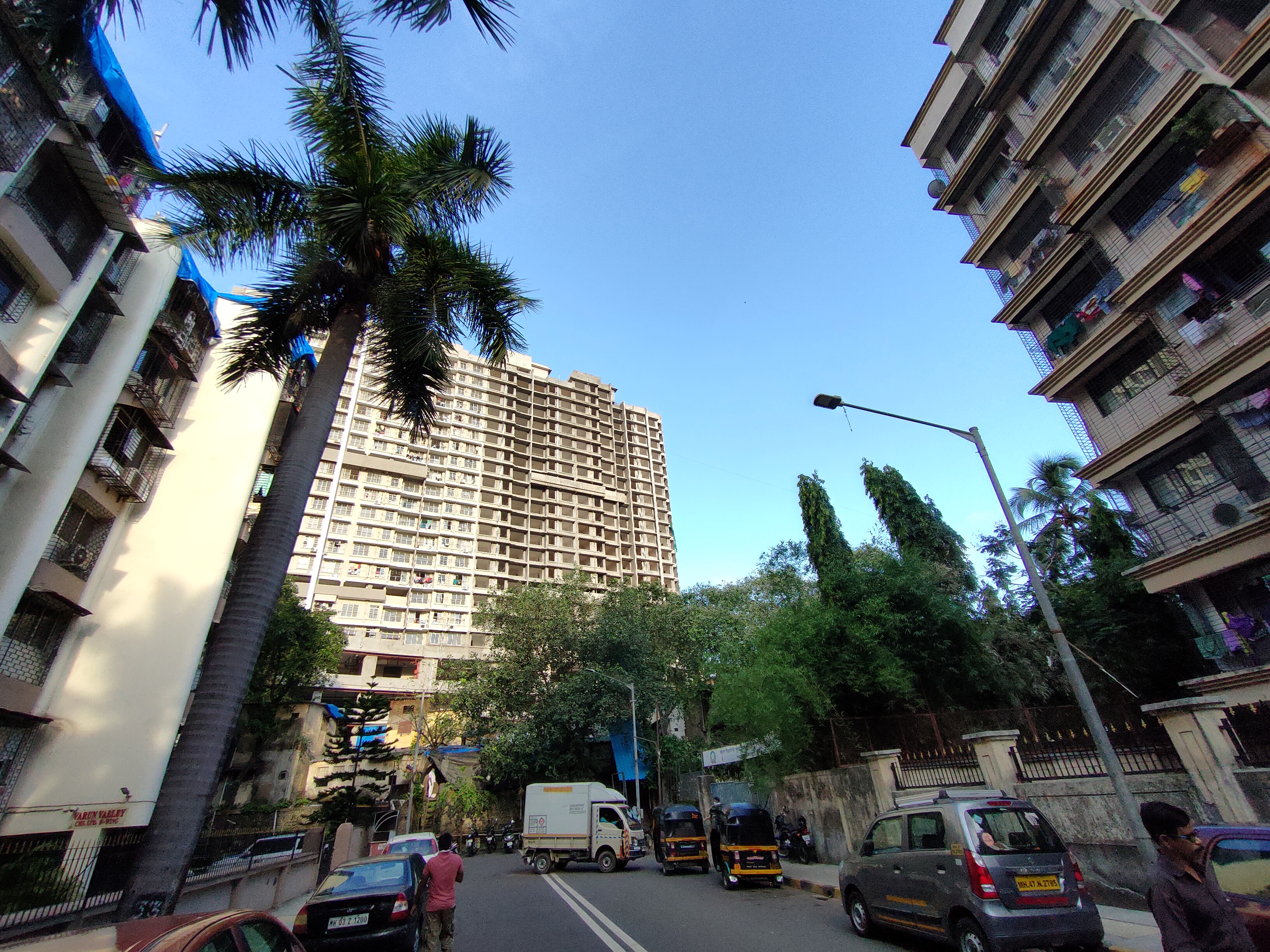
Ultrawide
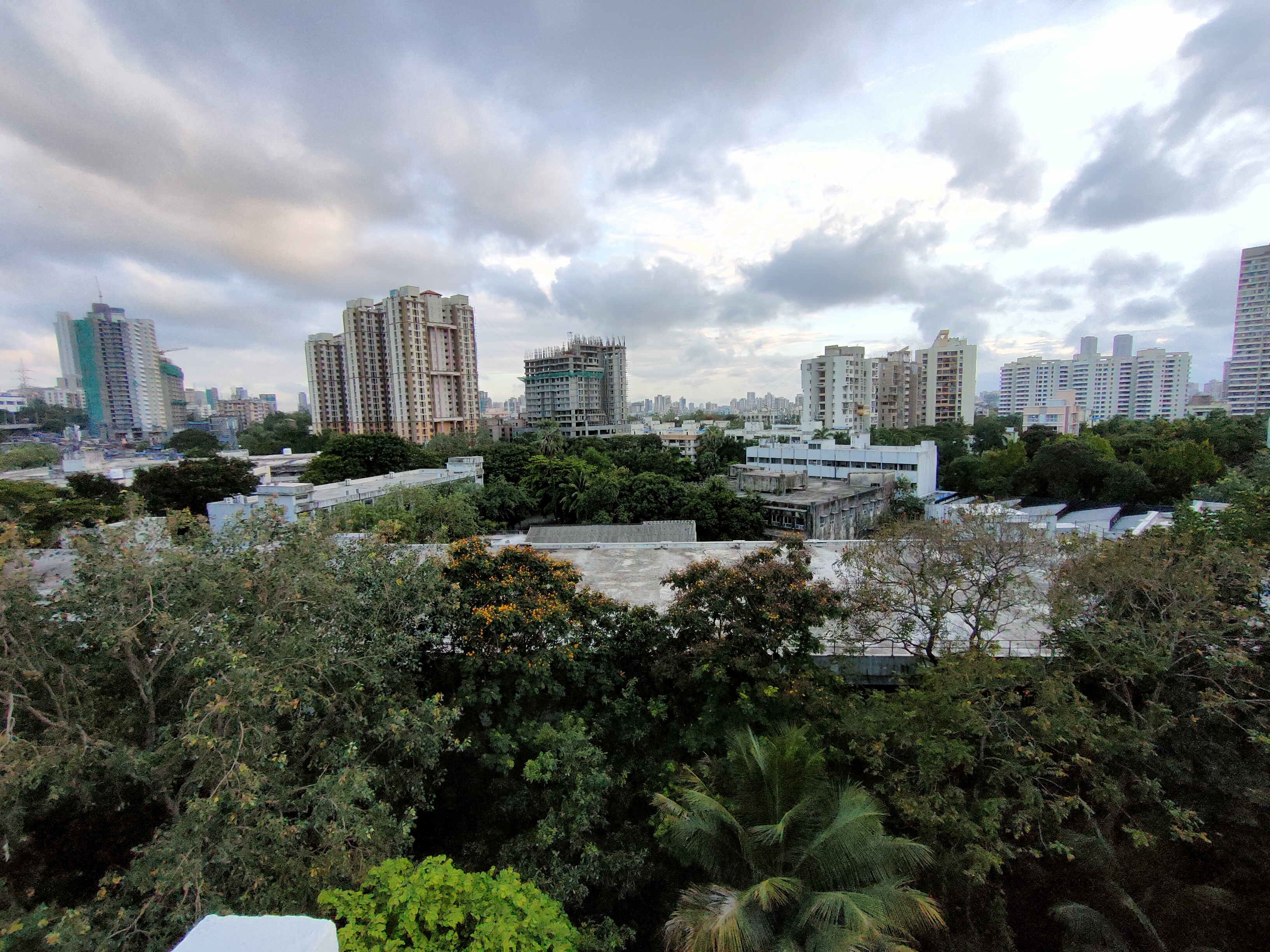
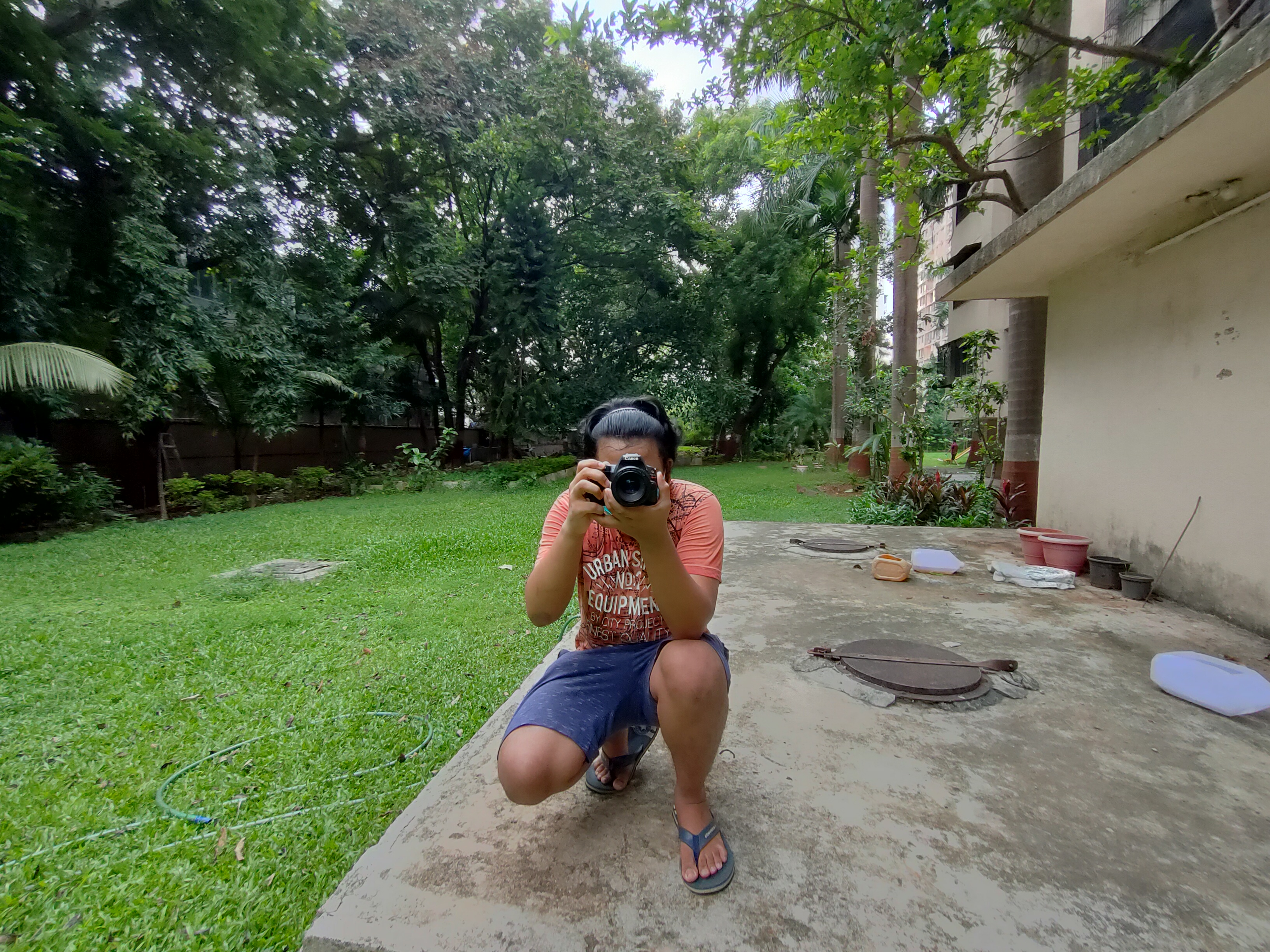
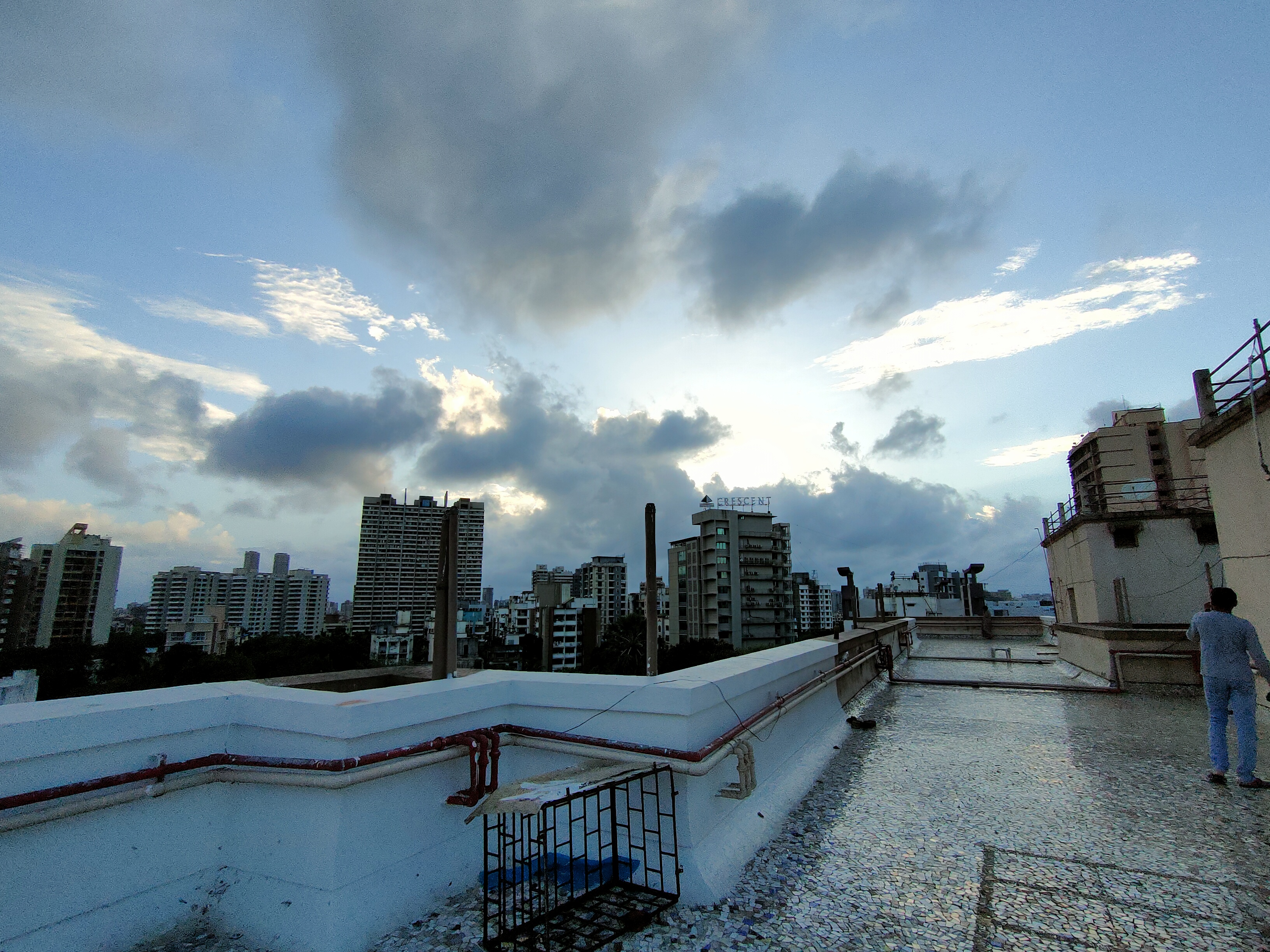
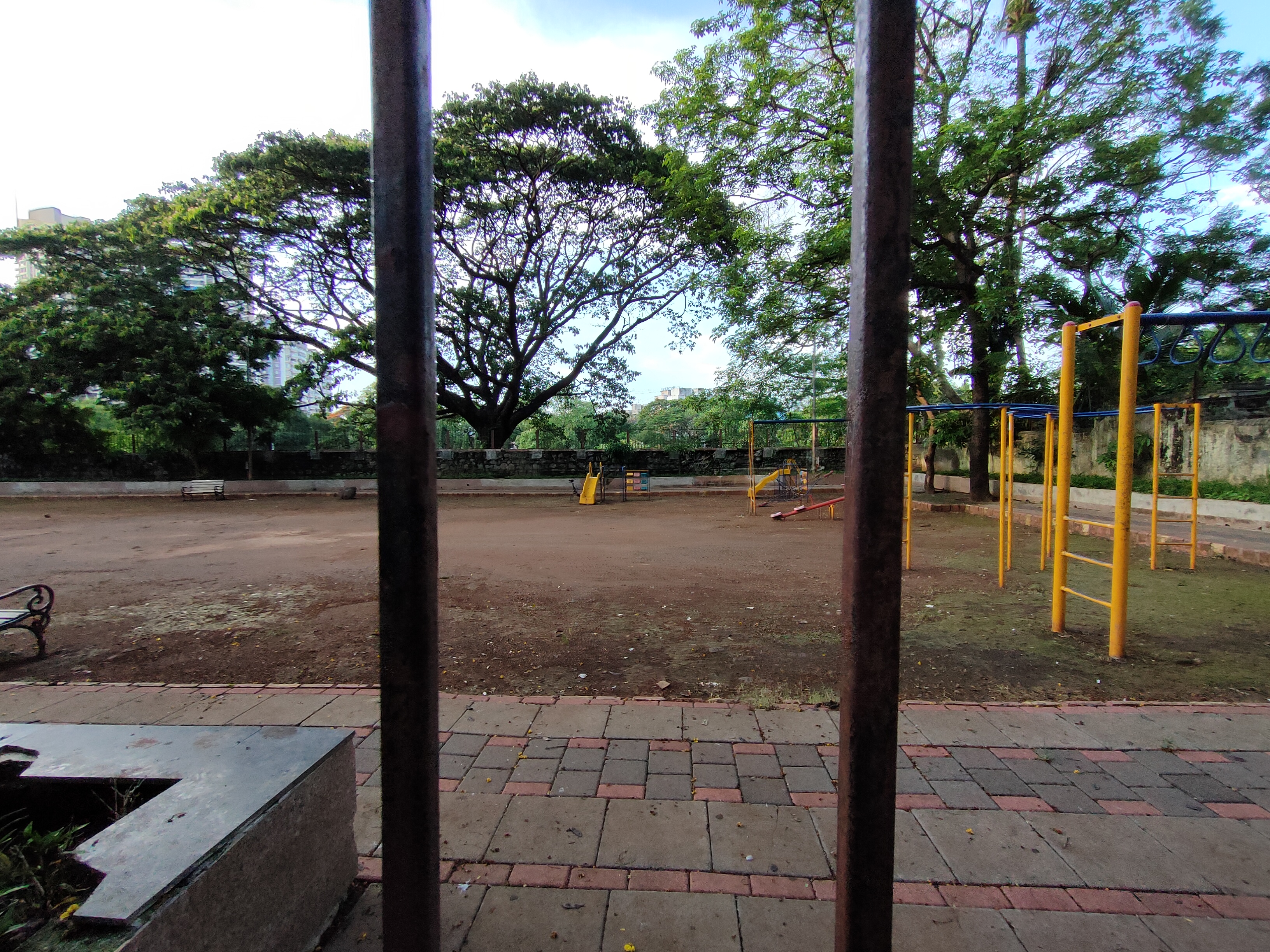

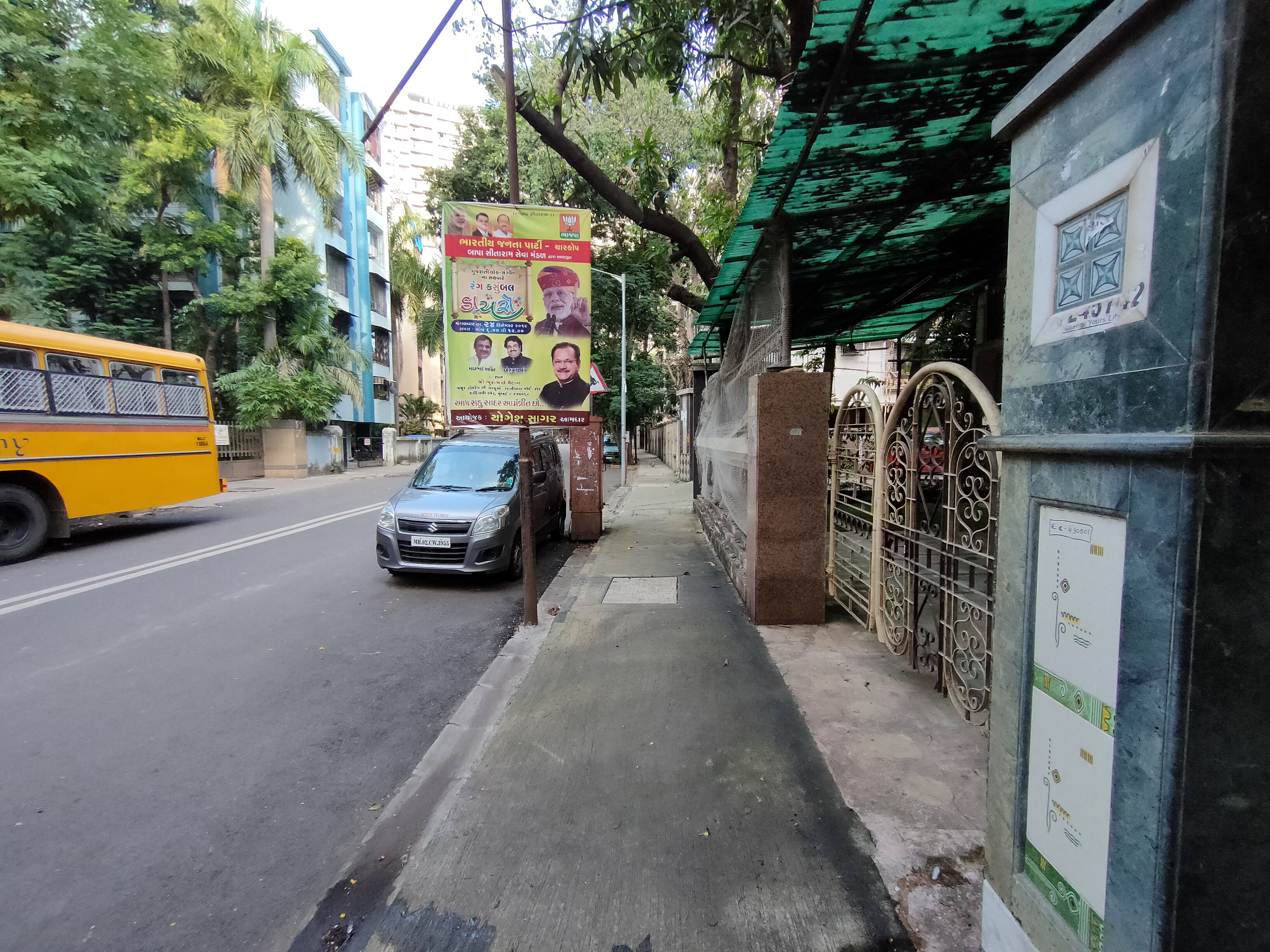
An 8MP ultra-wide lens follows, which has a 119-degree field-of-view. Like most mid-rangers, the images suffer from lower dynamic range and contrast and have very little parity with the primary camera.
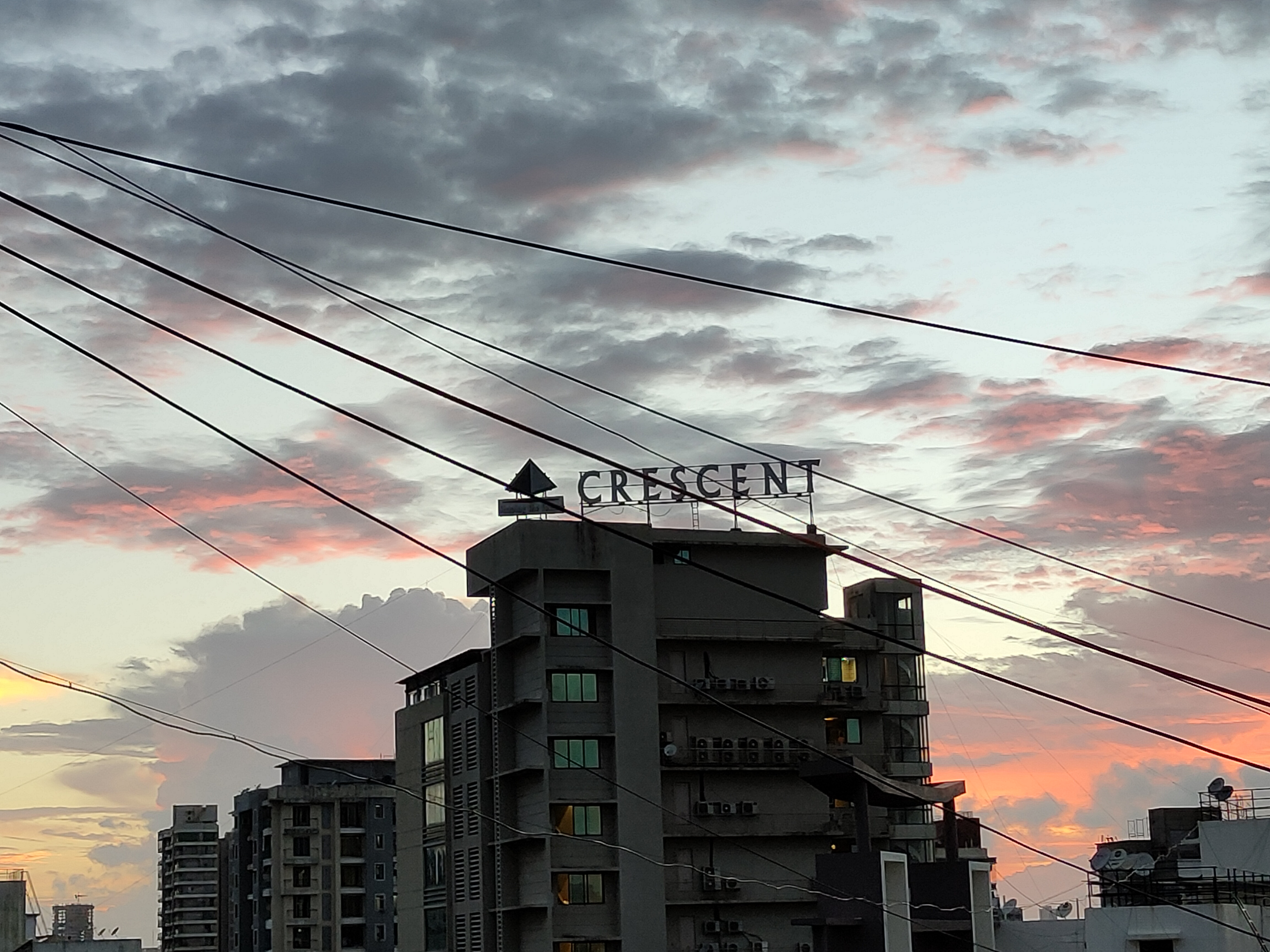
Telephoto
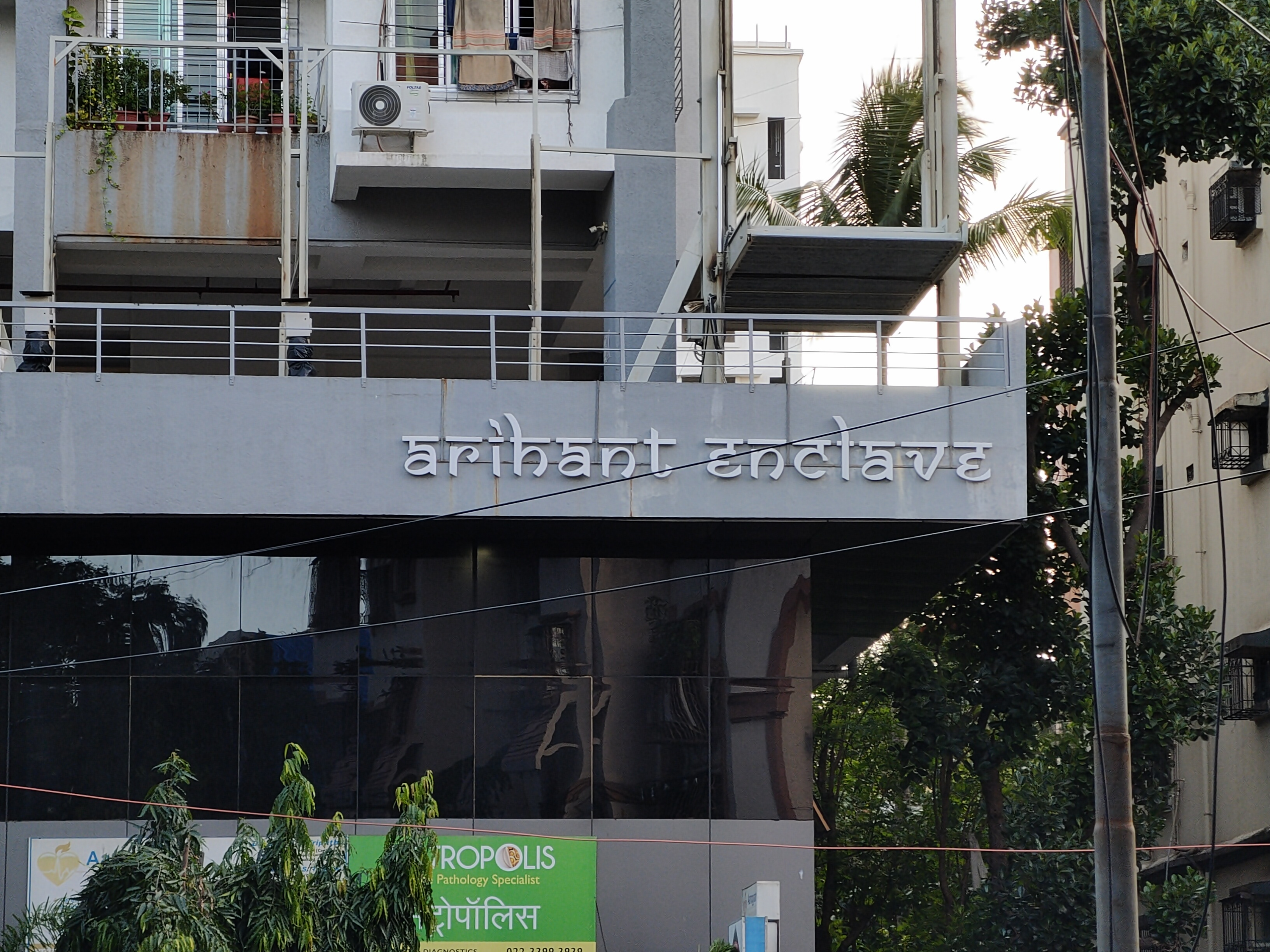
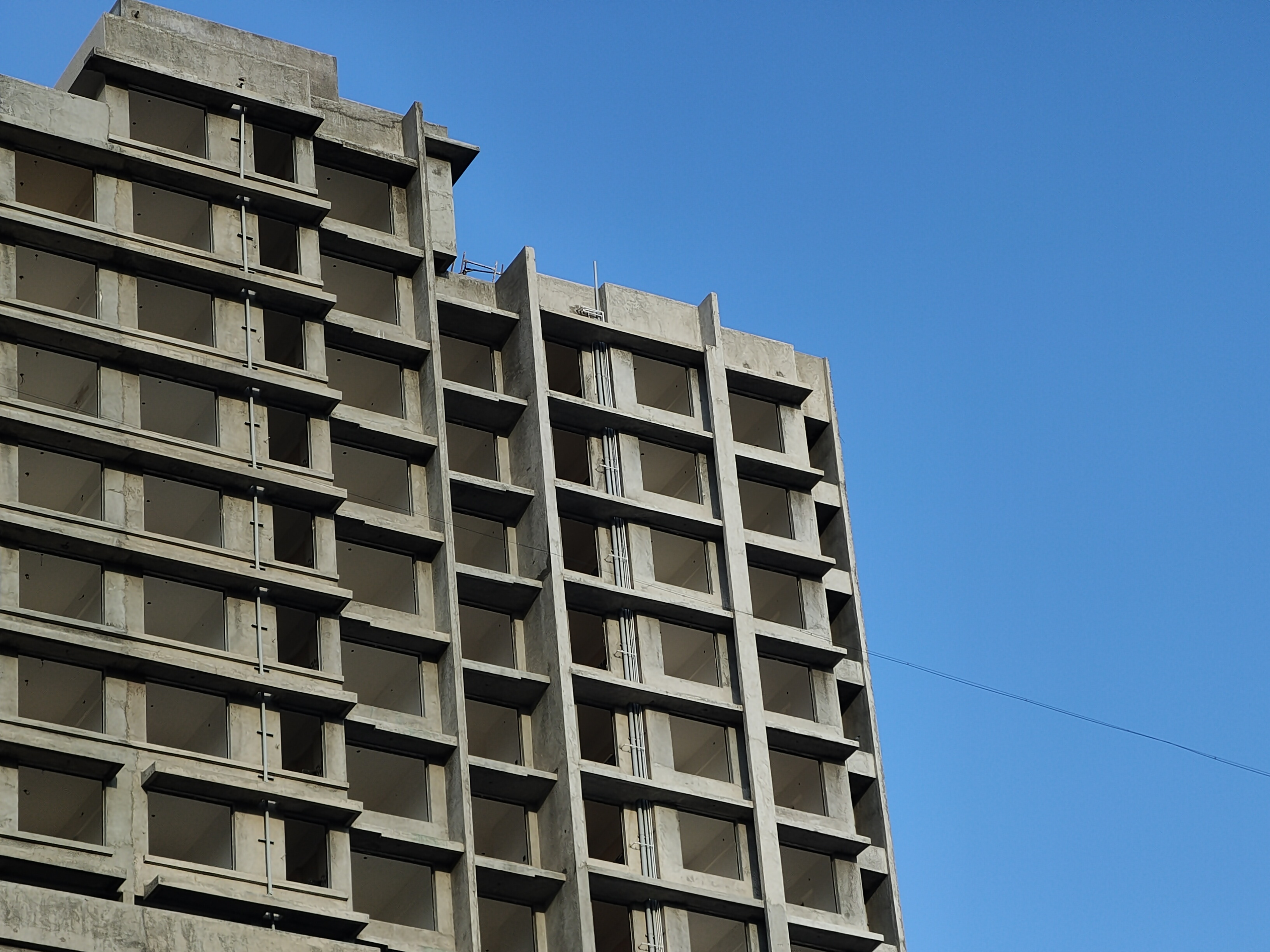
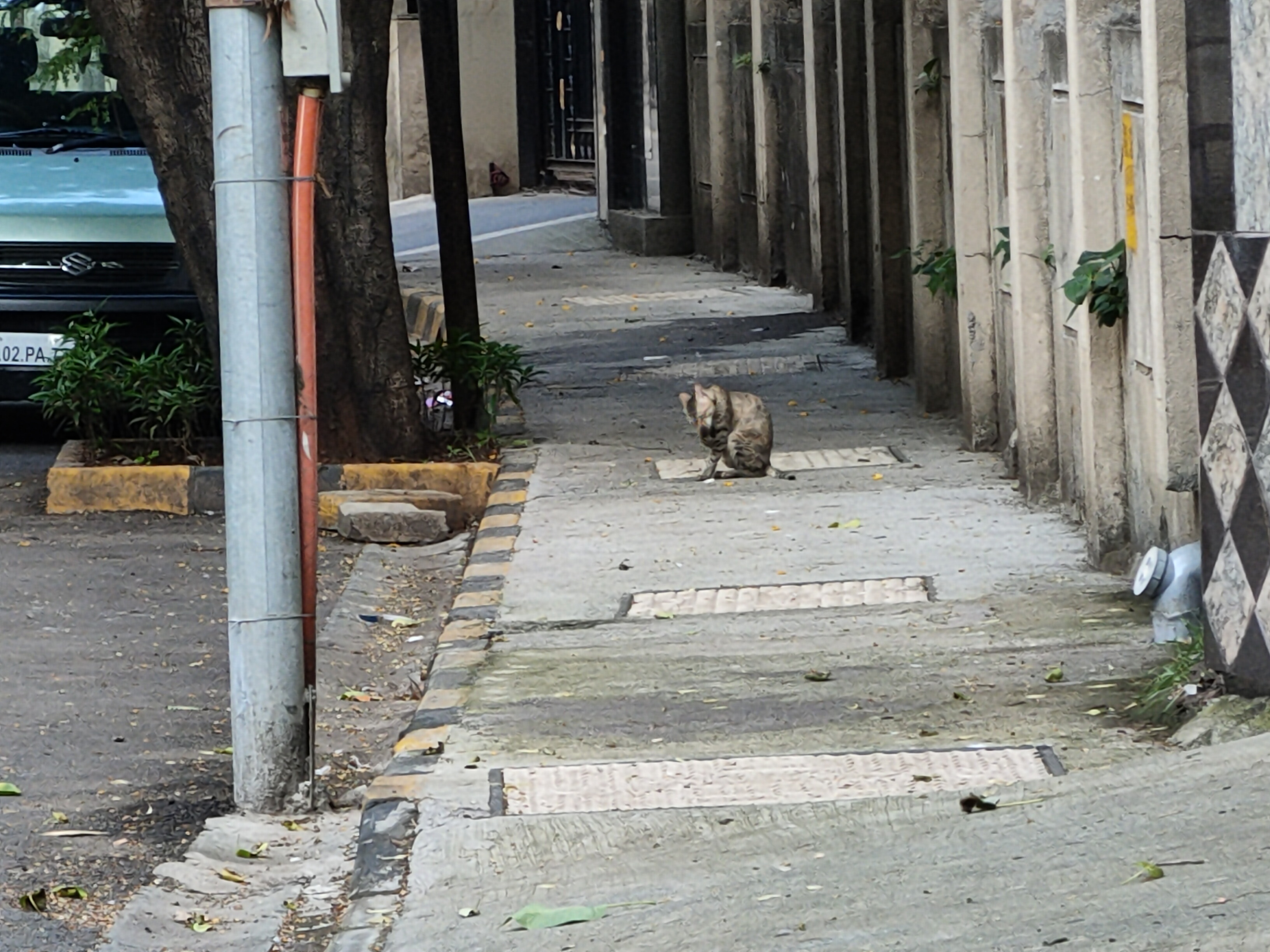
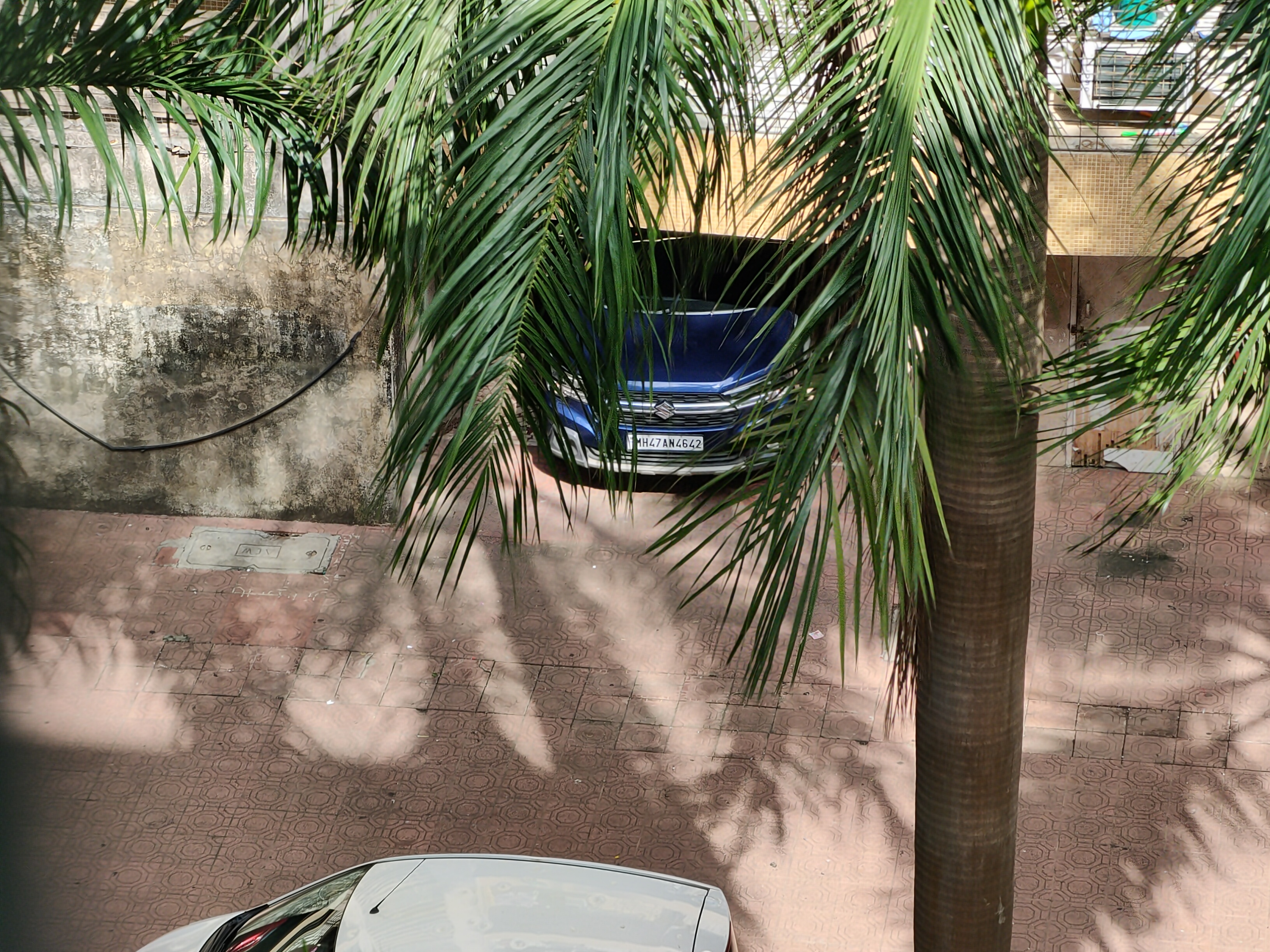
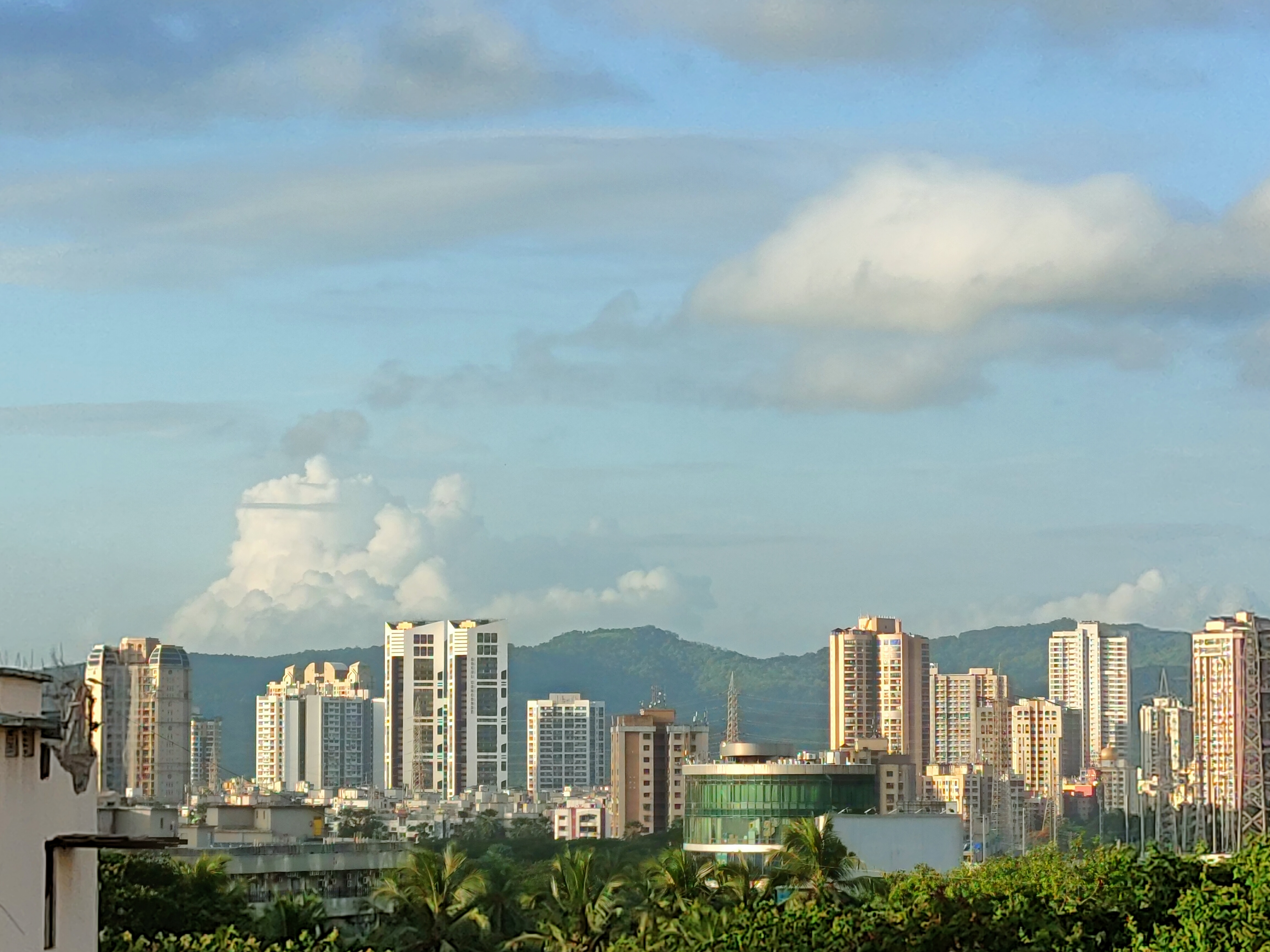
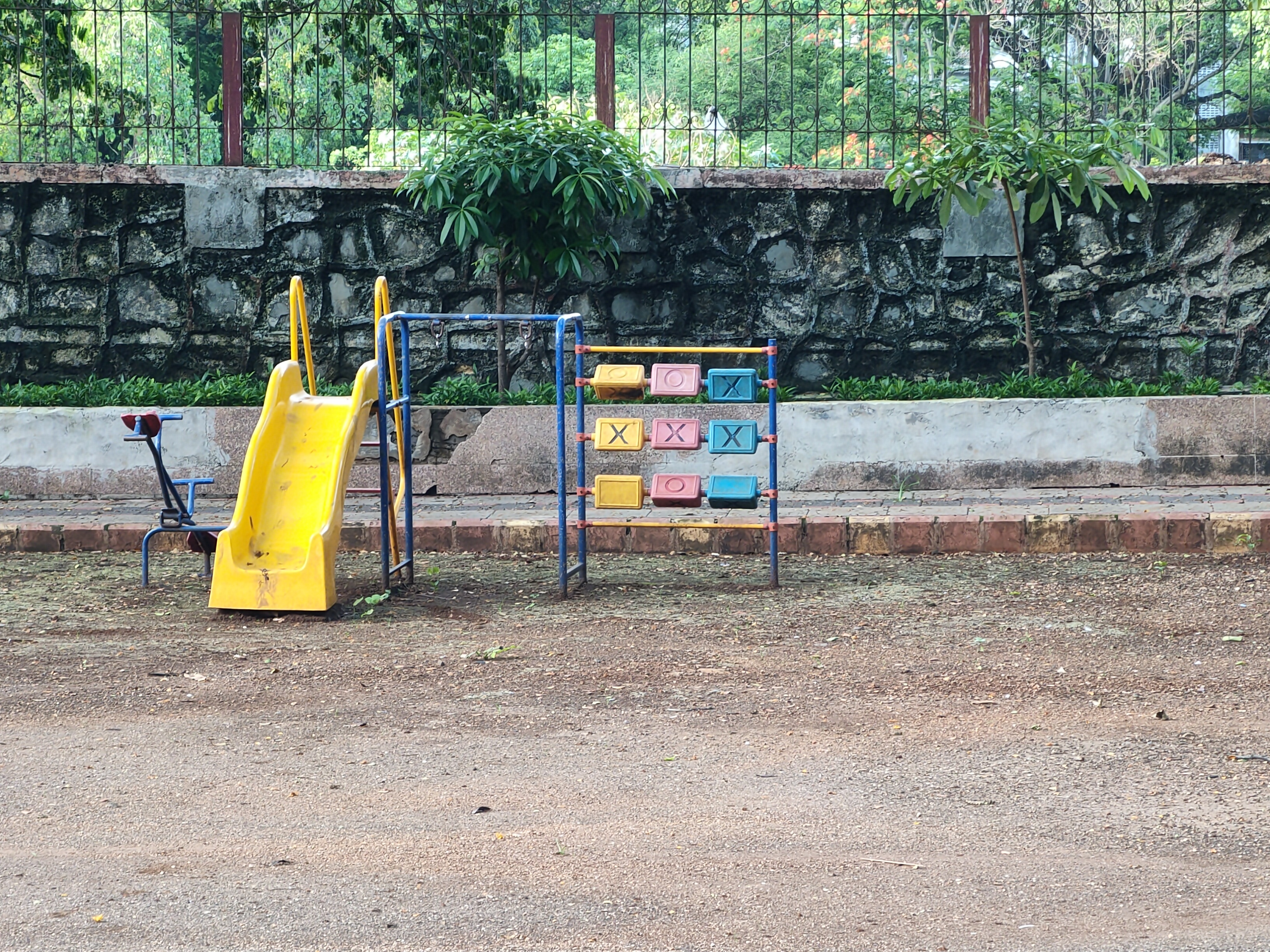


The 8MP f/3.4 periscope lens gives the Realme X3 SuperZoom its name. With a focal length of 124mm, it is capable of 5x optical zoom, and up to 60x digital zoom. OIS helps in keeping the frame in place. It does fulfil the promise of making higher zoom ranges accessible, but the results are just average. The dynamic range is a little lacking, details and sharpness are sparse beyond 10x, and the colour temperature varies quite a lot. These cameras are rather difficult to master, and for its first attempt, Realme has done a commendable job.
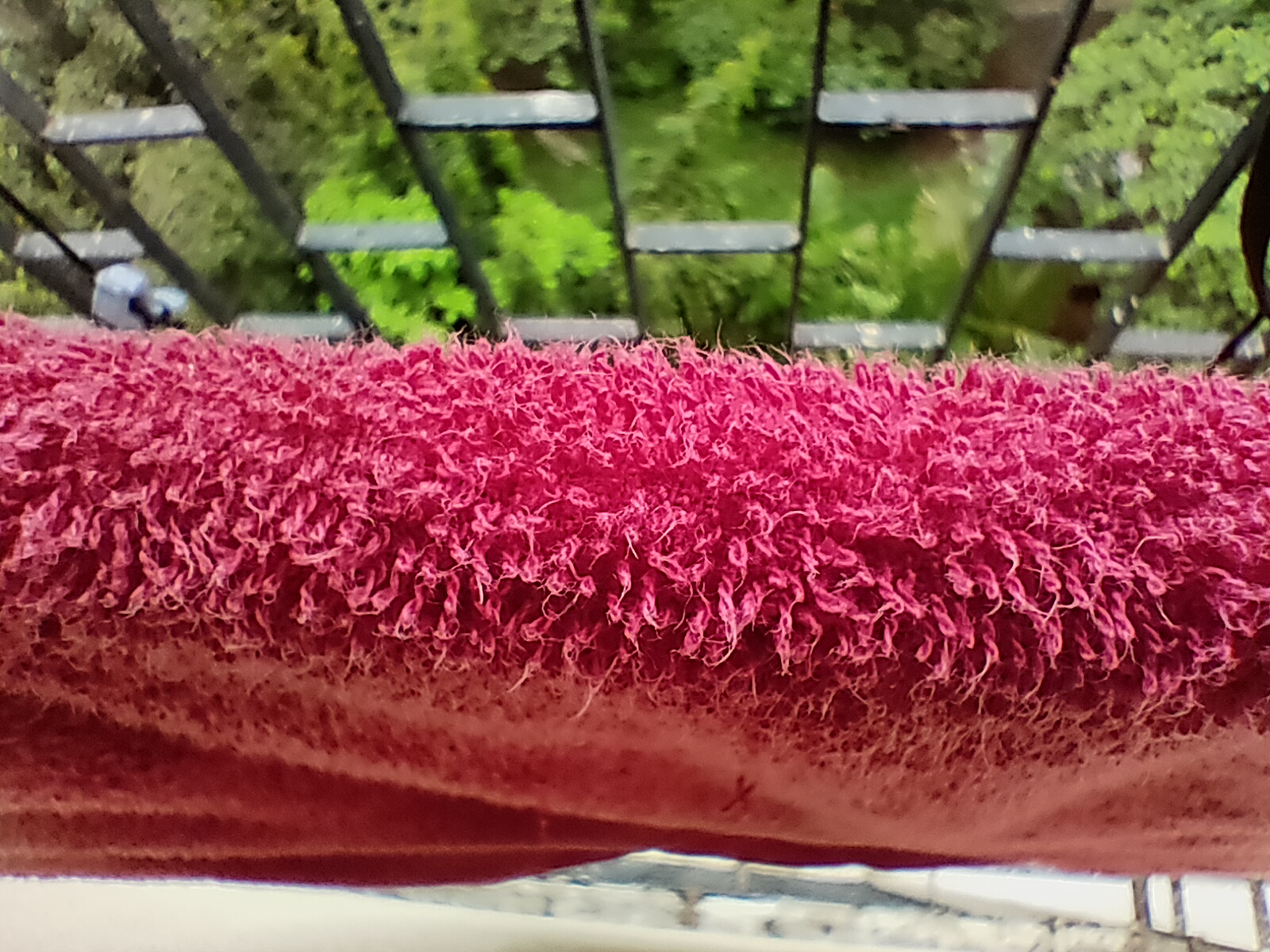
Macro
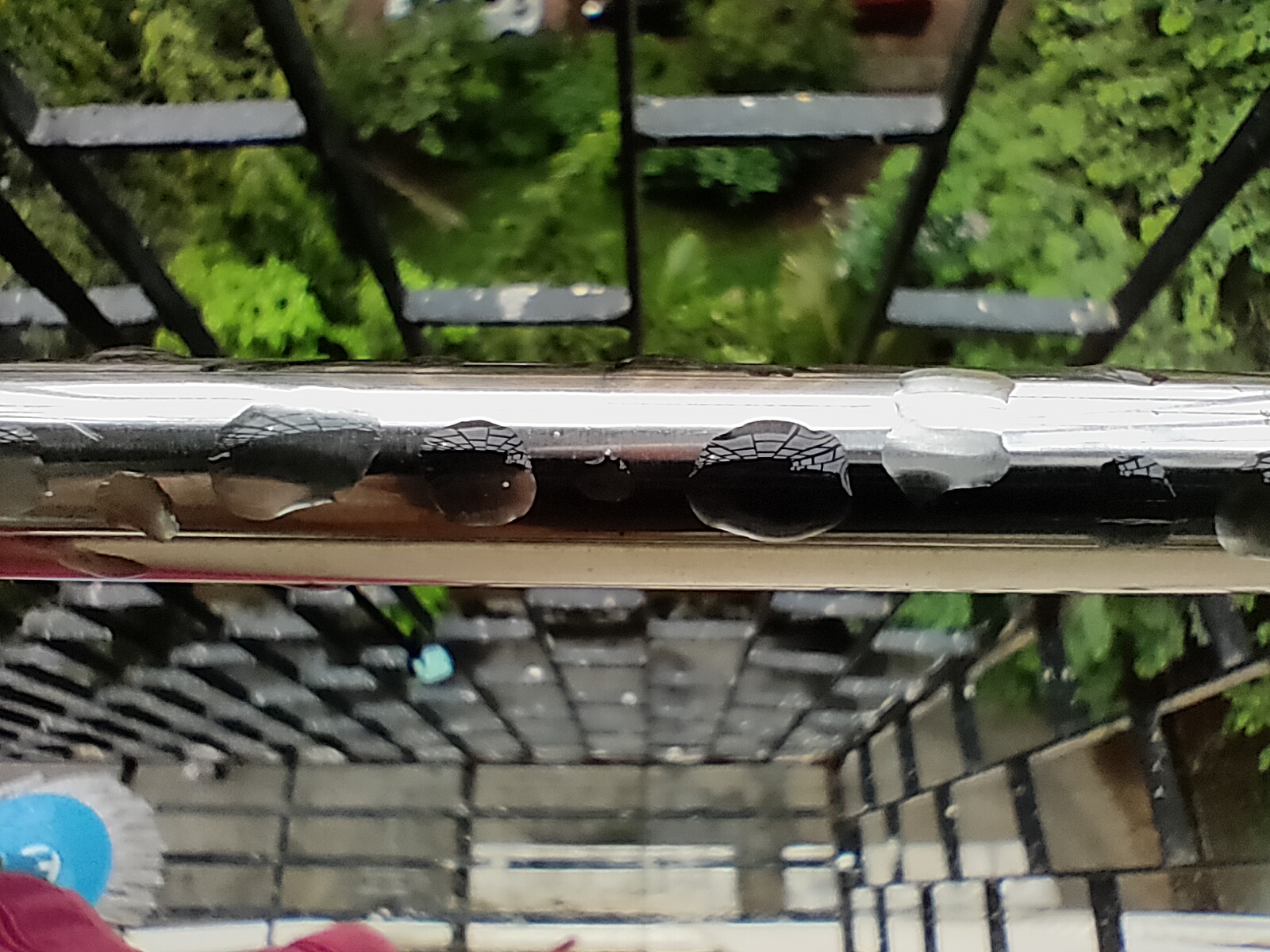
There’s a 2MP macro lens too, but it was terrible. Nailing the focus is nearly impossible, the light will usually be insufficient and the resolution just makes matters worse. We never really used this camera outside of testing.
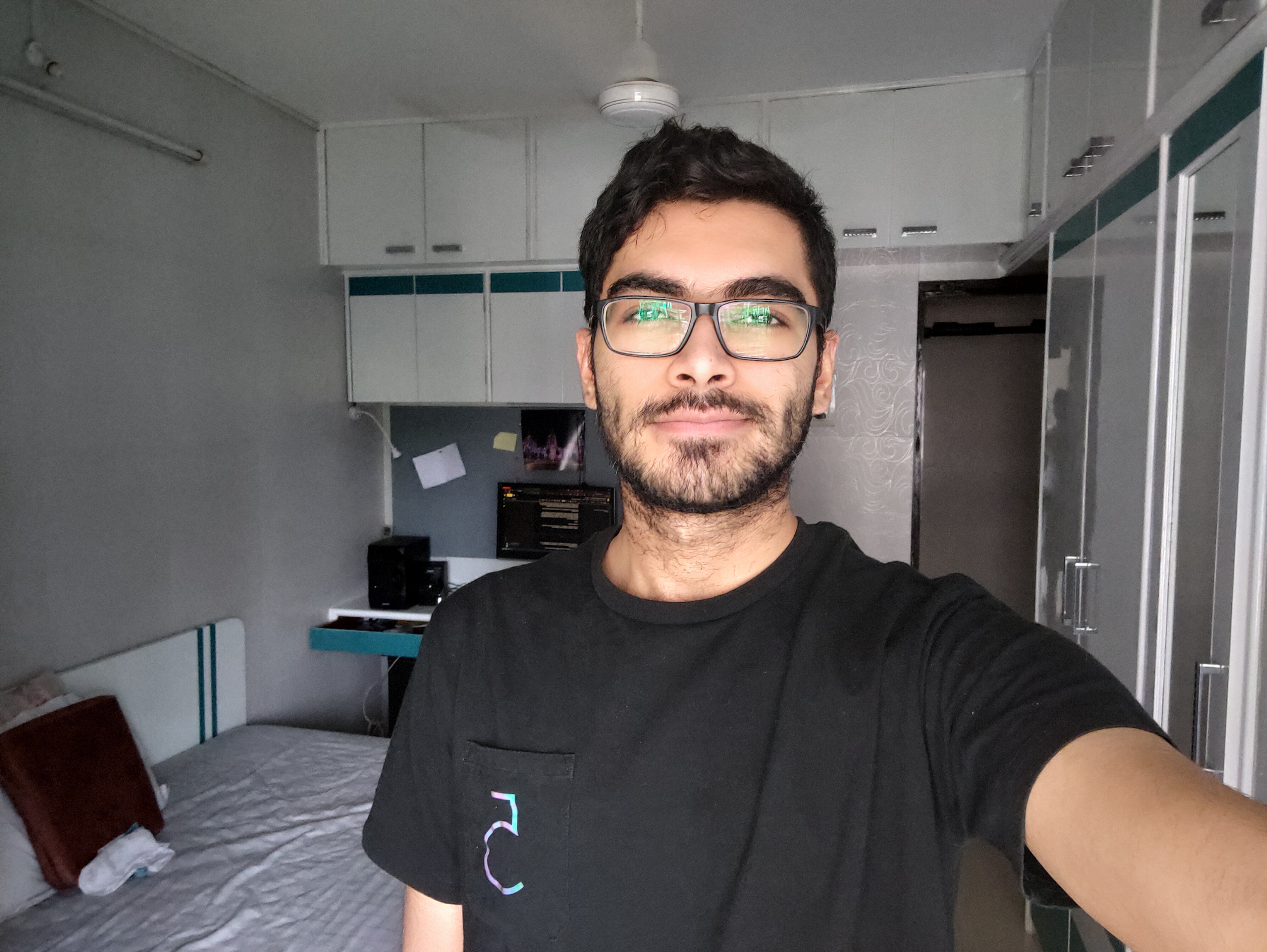



On the front, we get two selfie cameras: a 32MP f/2.5 primary shooter along with an 8MP ultra-wide lens for groufies. It’s a pretty basic performer, with most images being soft and lacking contrast. When shooting against the light, it tries hard to retain details in the shadows by raising them, which messes with the colour of skin and hair.

Astrophotography

On the software front, the phone is capable of astrophotography via the primary and telephoto lens. The entire process is interesting, but it is basically shooting a very long exposure, compensating for Earth’s rotation and tweaking the highlights and shadows while processing. Pretty nifty for someone who’s interested but didn’t know where to start. For the images to shine (pun intended), you’ll have to shoot from a place that has no light pollution, cloud cover or moonlight. We haven’t been able to test it out to its full extent just yet but were still able to capture some usable shots.
The Realme X3 SuperZoom also brings one of my new favourite Pro modes on a smartphone. Along with the usual slew of controls, it can also be combined with the Night mode to get brighter images while retaining the creative control over the image.
As you must have guessed by now, Realme’s approach of offering everything under the sun is commendable, but the execution still has a long way to go for some of them. We hope that upcoming software updates take care of some of the inconsistencies.
Verdict
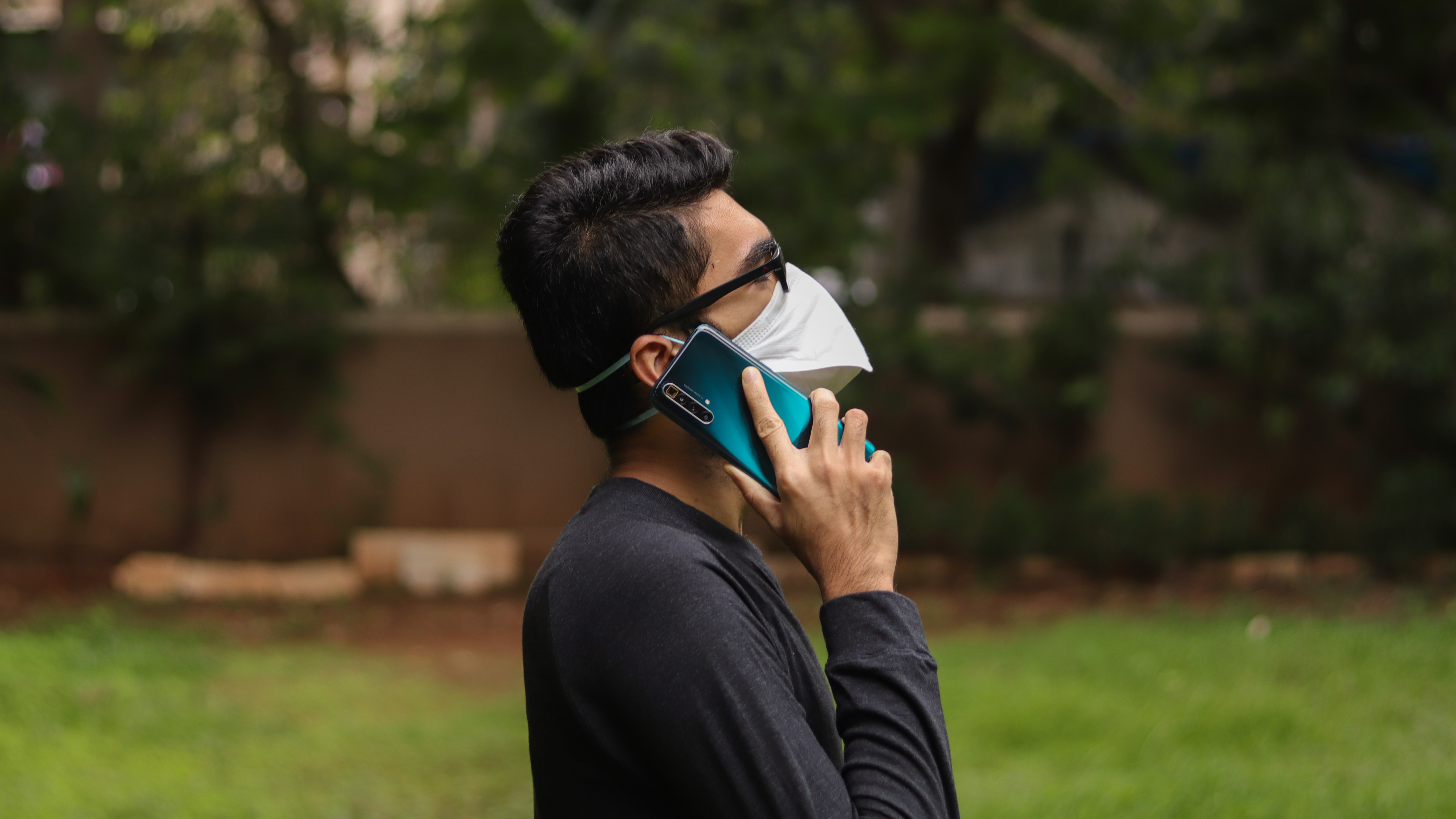
There are two ways to justify a smartphone’s price as it goes up the ladder: offering the latest specifications or by offering a solid user experience even with lower specs. Interestingly, the Realme X3 SuperZoom is a part of both those circles, making it a formidable offering in the sub Rs 30,000 segment.
It is not without its flaws, such as an underperforming camera, less than ideal built and display brightness that occasionally lets you down. But the pros outweigh the cons by a huge margin, with a smooth display, very versatile cameras, one of the best battery and charging stats, and a periscopic camera that no other phone in its vicinity offers. Its performance is up to the mark and should satisfy 99% of the users.
Can we also take a moment to talk about how this is the best way to differentiate between two members of the same flagship series? A regular variant that ticks all the right boxes and doesn’t compromise, and a camera-centric sibling that brings unparalleled telephoto photography for the shutterbugs.
The Realme X3 series is a saviour for the Indian market. You no longer need to spend close to Rs 40,000 for a flagship with a 120Hz display, decent cameras and an overall enjoyable experience. A look at its competitors in the Rs 30,000 segment just reaffirms this stance, with none offering a higher refresh rate display, flagship-grade internals and cameras so versatile. If you’re okay without them, your options include the Redmi K20 Pro, the Samsung Galaxy A70s and the Google Pixel 3a.
- Best phones in India under Rs 30,000
- Realme X2 Pro review
- Everything you need to know about Color OS 7

Aakash is the engine that keeps TechRadar India running, using his experience and ideas to help consumers get to the right products via reviews, buying guides and explainers. Apart from phones, computers and cameras, he is obsessed with electric vehicles.

